DEI AWARDS ISSUE
‘Hot Town: Summer In The City’*

Masters and slaves: The human invention?
MOVES DIVERSITY AWARDS
... UNMASKED
yle for city women
NYC v LA Still No Contest ?

DEI AWARDS ISSUE
‘Hot Town: Summer In The City’*

Masters and slaves: The human invention?
MOVES DIVERSITY AWARDS
... UNMASKED
yle for city women
NYC v LA Still No Contest ?
‘
21st Century Women’... in progress
... an insight into twenty years of the Moves Power Women Awards and the women who made it possible...



... coming soon to a bookstore near you!
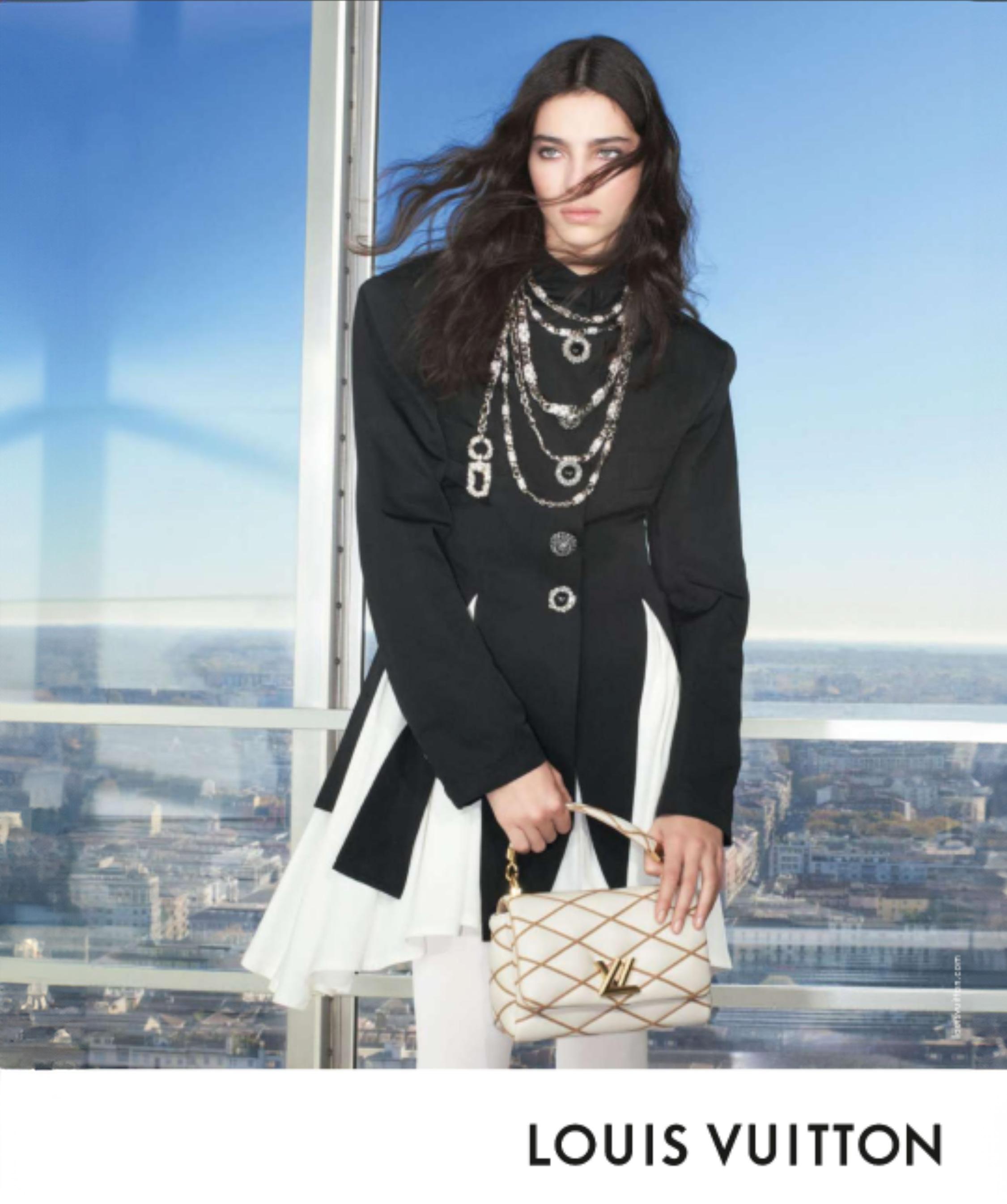



"One of the nicest, patently sincere, most fun people we have ever had in New York Moves Magazine... " Moonah Ellison, Publisher
"... It was an absolute pleasure to host her photoshoot... " Spencer Heyfron, Photographer
I’m at a photoshoot in the heart of New York City during the winter — Fifth Ave Midtown, a penthouse to be exact — and the cover we are shooting, CNN’s Alisyn Camerota, is outside braving the elements. Even though it is cold. She always has a smile. That smile. The smile that millions of viewers have seen for so many years, it’s infectious. And she’s excited — excited for this
cover shoot, and excited for her new memoir, Combat Love, out this March from Rare Bird Books.
For me, it was a chance to see Camerota be herself. We see her on TV, on the network, doing her thing, and you often don’t expect the person in real life to be as playful and genuine as they seem on TV. But she is! It’s been a pleasure.
interview moonah ellison, words bill smyth, images spencer heyfron

[
[previous pages]
[this page]
"...It took me a long time, decades, to work my way around, through pain, that actually, loving somebody fully and unconditionally, is a position of strength. And it’s brave... "
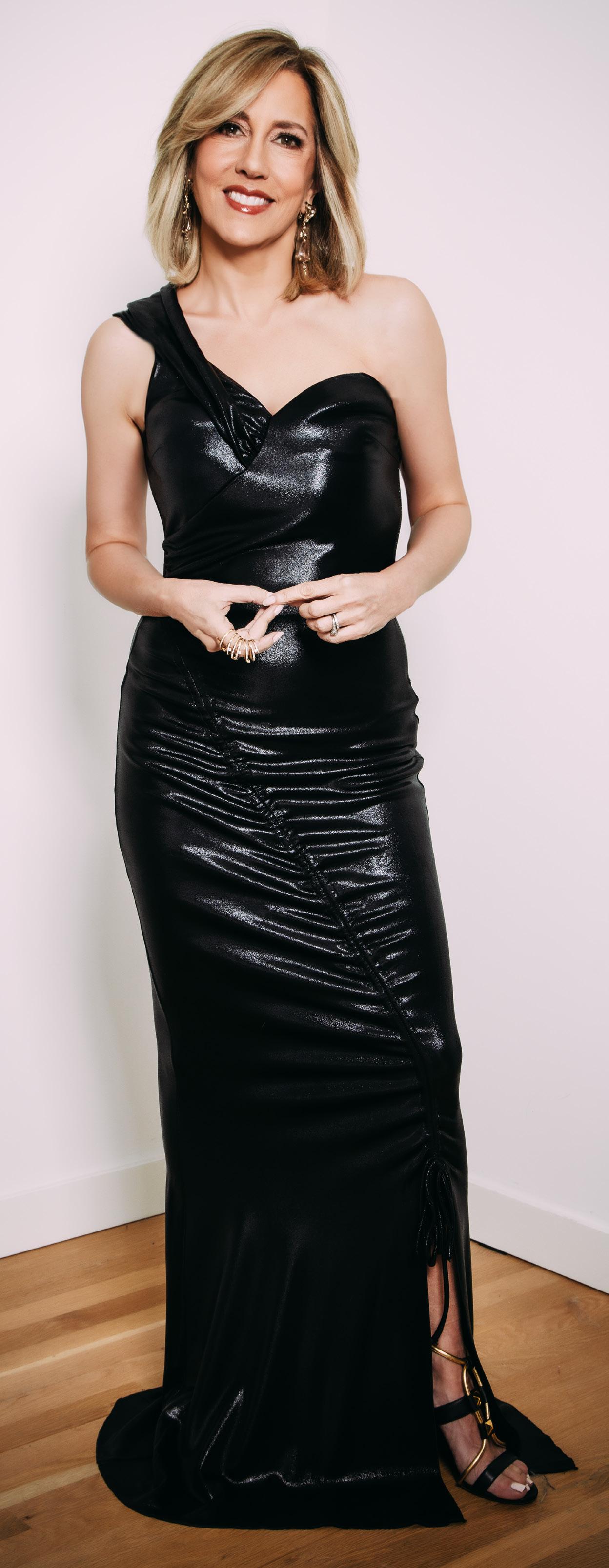
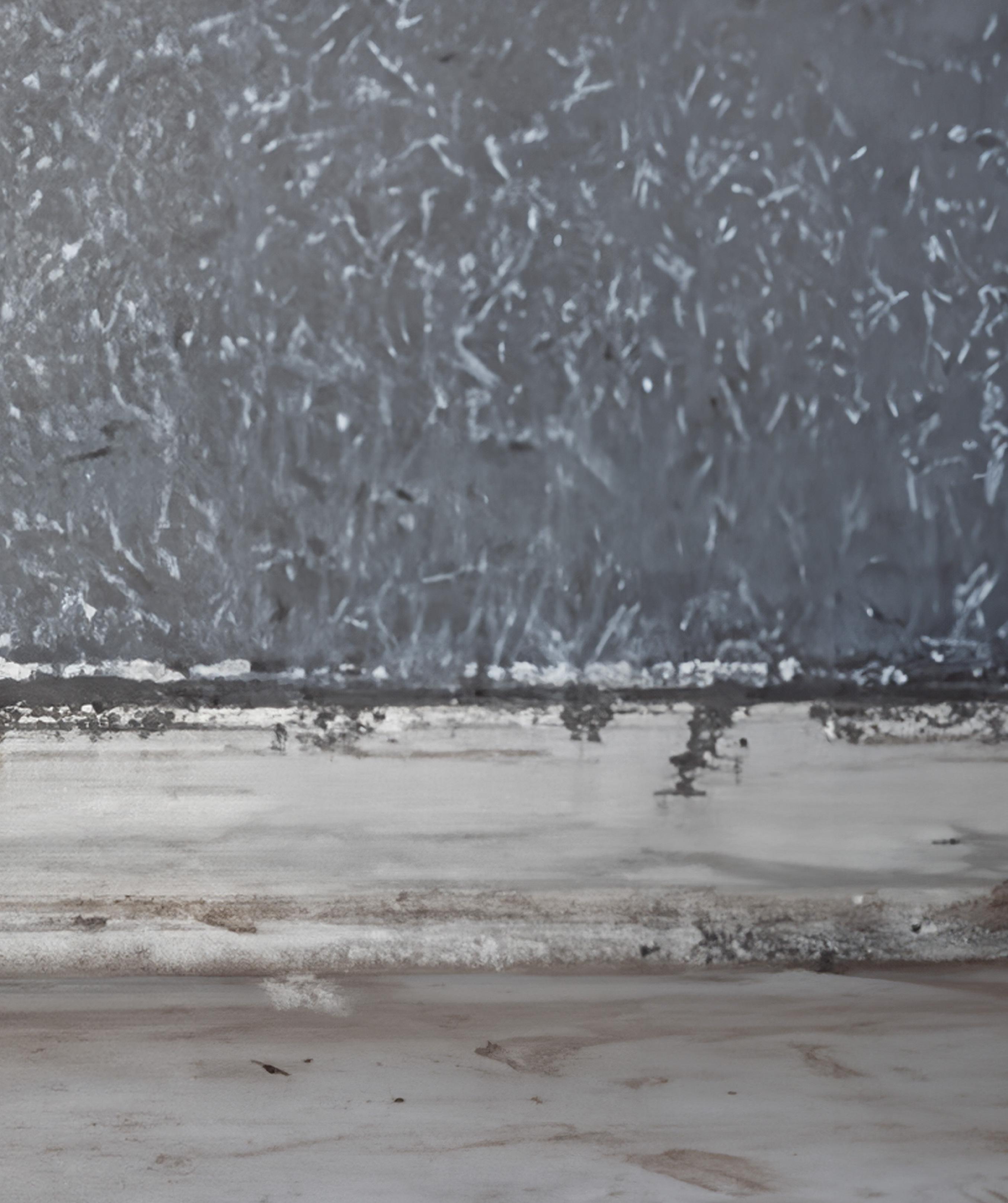
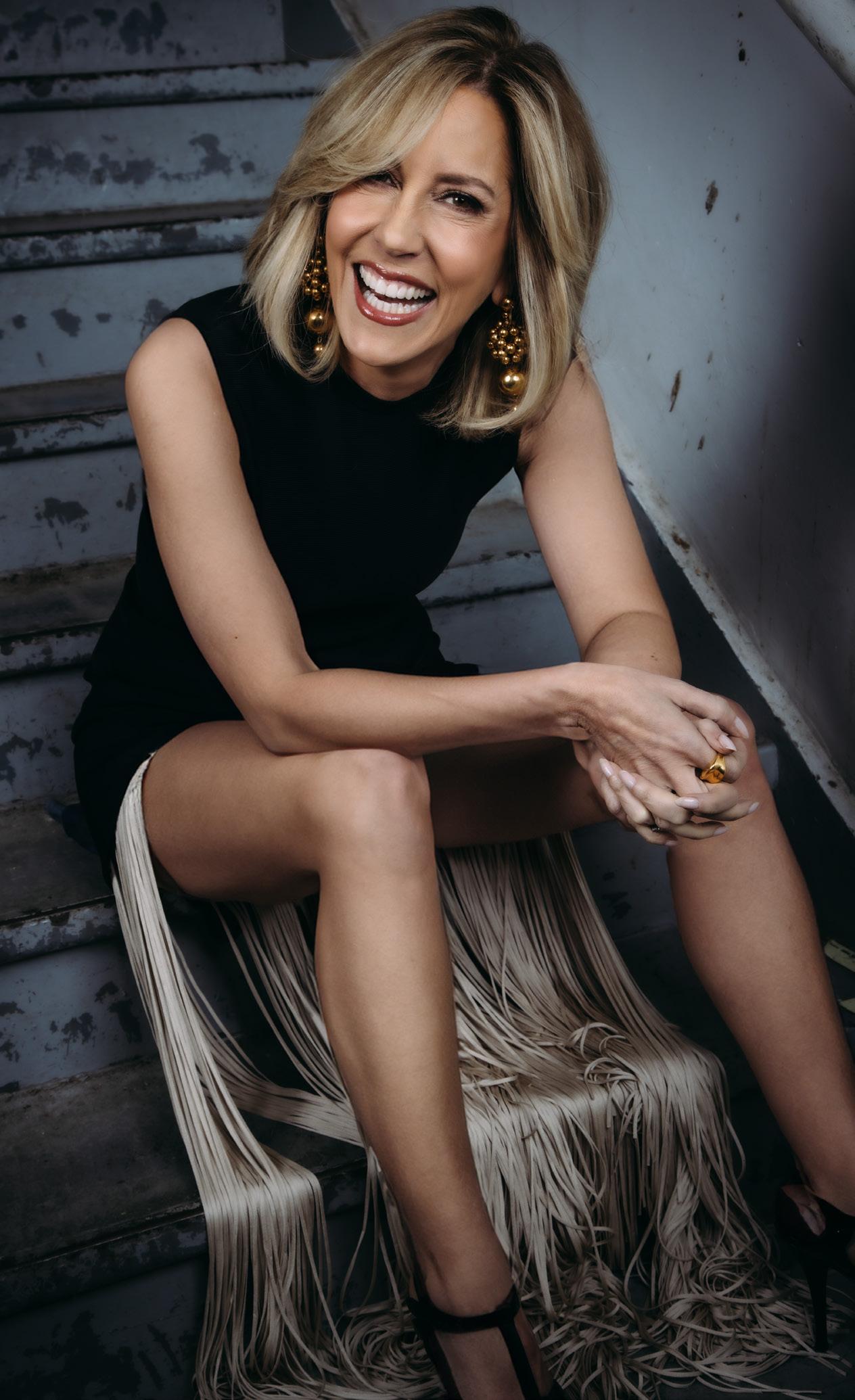
"... it’s basically the soundtrack of my life..."
“Even when I’m delivering the news, I try to inject some levity,” says Camerota. ”To be a little playful because I feel these times call for it, and so I’m always really flattered when somebody says I am like that in real life too and they can see both.”
In her three decades in journalism, the Edward R. Murrow Award and Emmy Award-winning Camerota can quite frankly own the phrase “Been there, done that''. Having covered some of the world’s and country’s biggest events over the past 30 years, from her breaking news coverage of the death of George Floyd and her coverage of the COVID-19 pandemic in 2020, to the Parkland, FL school shooting in 2018, Camerota has had a front row seat to breaking news.
Camerota's career in journalism began after she graduated from the School of Communication at American University in Washington, D.C., graduating cum laude in Broadcast Journalism then starting in local news, working for various stations, including WHDH in Boston and WTTG in Washington, D.C. She joined Fox News Channel in 1998. During her time at Fox, she served in several roles, including as a correspondent and as co-host of the morning show Fox & Friends Weekend and the late-morning news program America's News Headquarters.
After 15 years at Fox, Camerota decided to join CNN in 2014, quickly establishing herself as a key figure within the network. She co-anchored various shows across the network, as well as numerous primetime specials, including Tipping Point: Sexual Harassment in America and The Hunting Ground: Sexual Assault on Campus . She is on the national advisory council of The News Literacy Project, which works to teach kids how to spot misinformation and fake news. She's also an Advisory Member of Press Forward, working to combat sexual harassment in newsrooms.
Which takes us to current day Camerota. Author. A memoir. A book about her. I can feel the excitement when we dive right into it. I can also immediately tell this is something true-and-dear to her heart, and she just cannot wait to talk about it. There’s that smile again. To talk about her journey, the exposure to so many life changing moments she’s had in the world of news. So I don’t get in her way. I wanted to know so many things, including the reason behind the title, Combat Love
"Combat love, I realize, is a contradiction, a double meaning," said the New Jersey born-and-raised Camerota. "To combat something is to fight against it. To combat love. That's something I did subconsciously for many decades. It also happens to be the name of the first single of a local punk rock band from New Jersey called Shrapnel that I fell in love with when I was thirteen. Their first 45, their first single was called “Combat Love.” And I played it over and over and over again, in my bedroom. A thirteen-year-old girl, picking up the needle, putting it back down and playing it over again and hoping that someday, somehow, I could meet Shrapnel and become friends with them. So it’s [the book title] really
just kind of a symbol of what that thirteenyear-old girl wanted and the journey she was going to go on to get it.”
Combat Love chronicles Camerota’s story of growing up on 1980’s Jersey Shore while longing for a stable environment of togetherness and comfort while her family was falling apart. The memoir also tells the story of two women, Camerota and her mother, grasping with the harsh realities of life while searching for success and inner peace with a touch of sacrifice. The book is a trip down memory lane while veering off the beaten path as Camerota finds her success and dream of becoming a journalist.
The chapters of the book are song titles, an ode to how much music has played a key role in Camerota’s life, having made a number of exploits and adventures at clubs like the legendary punk palace CBGB in the East Village and the Warhol-esque nightclub Max’s Kansas City in Gramercy. Chapter names are straight out of a rock ‘n roll tome, like First to Flee Shrapnel, Chop Up Your Mother, and Skidmarks On My Heart. “I connect with music on a very deep level, and it is a crying shame that I have no singing voice and can’t play an instrument,” Camerota laughs. “So I can truly only be a music fan, and I am a hardcore music fan. I always looked to lyrics for life guidance. I learn lyrics very quickly. I know the lyrics to hundreds of songs and they're playing in my head at all times. So a lot of those chapter titles are song titles that were playing at that moment in my life. So there's also a playlist for the book, and it’s basically the soundtrack of my life.”
The memoir flows and everything is intertwined with storylines overlapping. Moving onwards into her journey. Love. Writer’s note, I wear my heart on my sleeve for everything; it can sometimes be a blessing or a detriment depending on the day and who you ask. If you’re not going to do it for love — or anything for that matter — what’s the point? But I wasn't feeling love while reading Camerota’s memoir. In fact, as I read Combat Love, I felt a lot of pain. I felt a lot of unshared pain, bleeding out on the page, a person trying to squirm through and come out on the other side of it.
“I feel like I, for a long time, was the opposite of you. So you say you wear your heart on your sleeve, and that it’s all about love, and you're able to kind of be open about what you love,” said Camerota. “And I feel like starting from when I was young, I thought that was just too vulnerable and too dangerous. Shut it down. Don’t let anybody know you really love them. That’s just a position of weakness. It took me a long time, decades, to work my way around, through pain, that actually, loving somebody fully and unconditionally,
is a position of strength. And it’s brave. But I didn't get there until my thirties, because when I was a kid and I did that, I felt like it didn’t pay off, I felt like my heart got squashed. So it took me a long time to work my way back around to being vulnerable enough to love fully.”
Camerota talks in detail about how her mother and father's relationship were pivotal points in her life; she talks about the Valentine’s Day card she wrote to her mom and dad at the age of 6 telling them not to fight all the while knowing their marriage is unraveling. Being so close to Valentine’s Day during this interview, I couldn't not bring that up. But I thought it was very important that at the age that she was at, as an only child, as somebody that’s actually kind of really feeling something, being exposed to at an age where you’re too young and still growing up. All reasons why Camerota grappled with trust and why love was so hard.
“No child wants their parents' marriage to unravel. And even then I didn’t know what that was, I was six years old, I couldn't tell you what was happening, but I knew it wasn’t good and there was tension. So I’m writing this Valentine’s card to remember love basically. I’m asking them to not be angry with each other and don’t be annoyed. I just thought, when I found that Valentine’s card — I have a big tin that I keep with different mementos in it — I thought it was so touching that six-year-old Alisyn says to her parents, “and remember it takes two to tango. (laughs)
“I didn’t have a role model of a happy marriage, and, or a committed marriage. So I didn’t really even believe that that was possible for a long time, and I didn’t know what that looked like. And I think both my parents were protecting themselves.”
Camerota is happy at CNN as an anchor as well as a correspondent for The Whole Story with Anderson Cooper; her memoir is a labor of love, yet this isn’t her first foray in writing a published piece of text. Camerota’s debut novel, Amanda Wakes Up (Viking, 2017), was selected by National Public Radio as one of the best books of the year, and by Oprah Magazine as “a must read.”
For now Camerota will hit the streets, a book tour for Combat Love to tell her story and inspire others who have had a rough go at life. Meeting fans, sitting in on empowerment panels, hearing stories of other women who share similar childhoods. It’s a story she had to tell, wanted to tell and get off her chest. And through it all she will handle it head-on, strong and flash that oh-so-familiar signature Camerota trait.
"Good Evening, Mr Bond"
There’s that smile again.

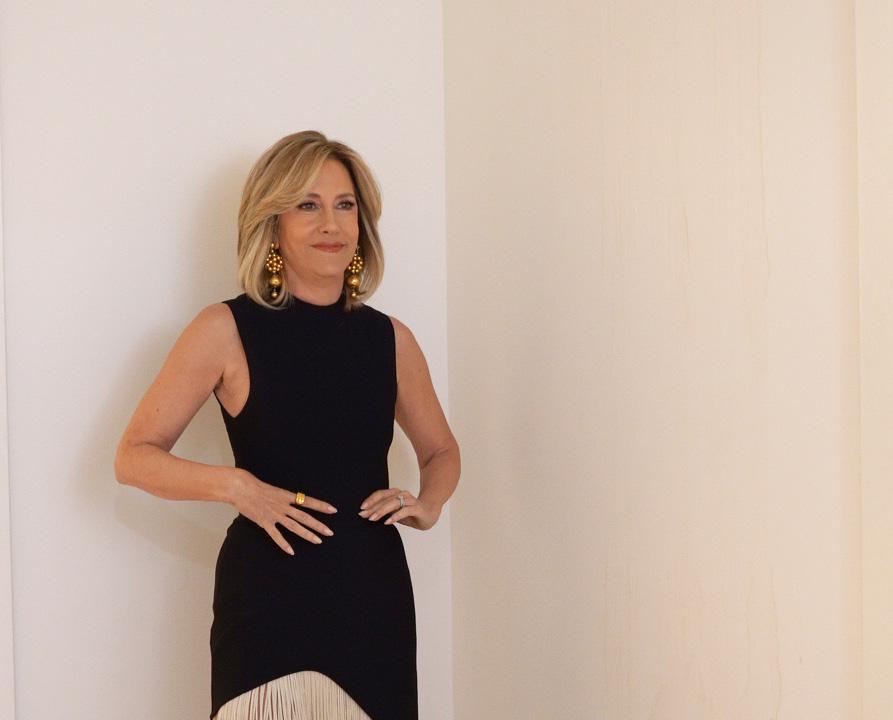

"... it was such a fun day...





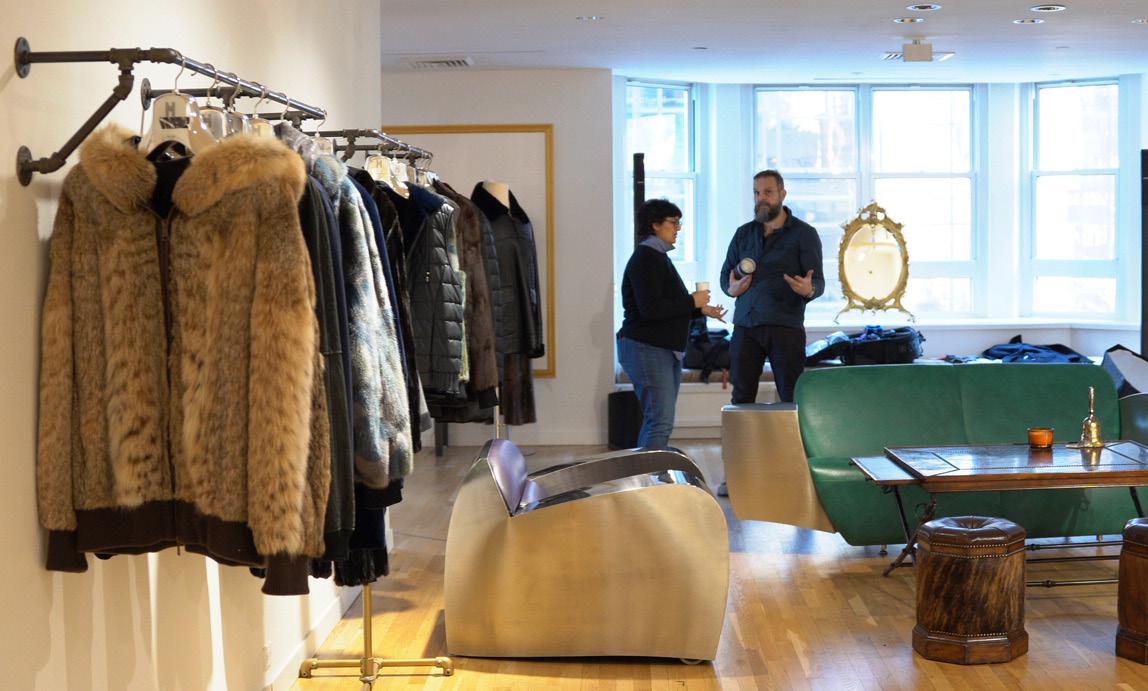

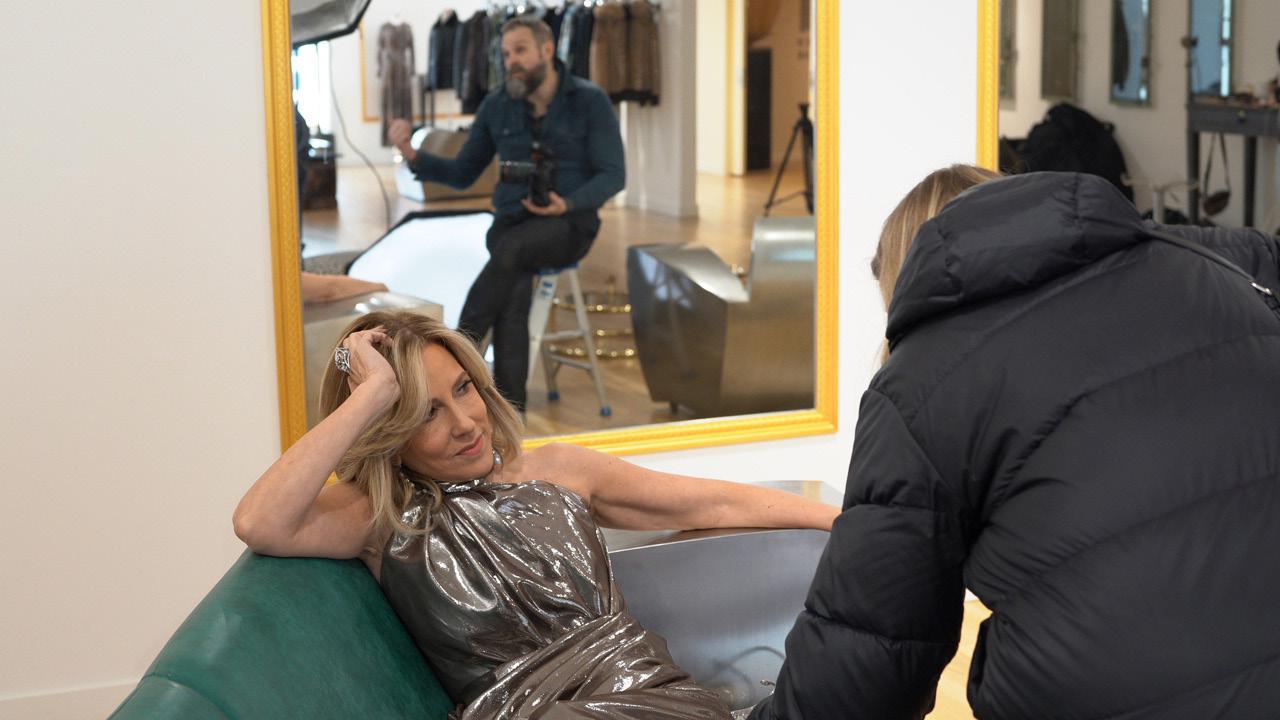



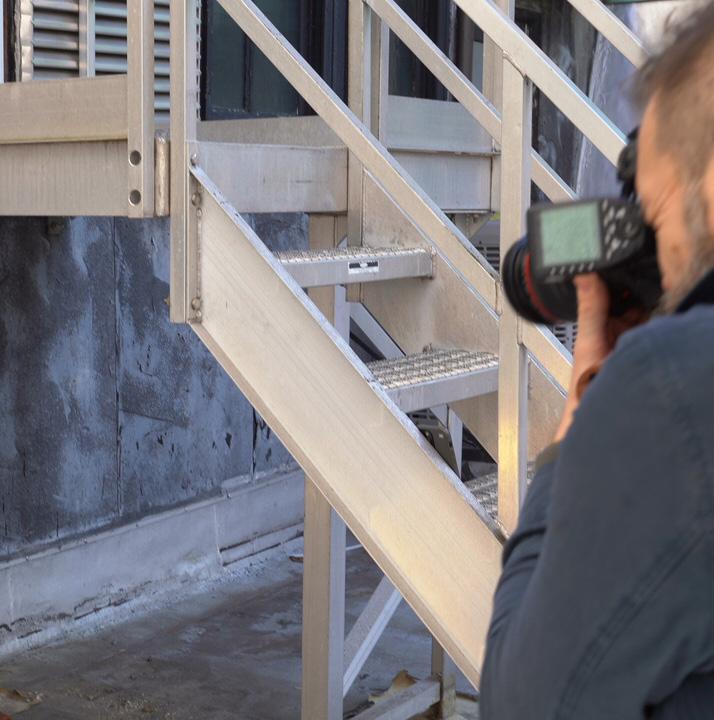

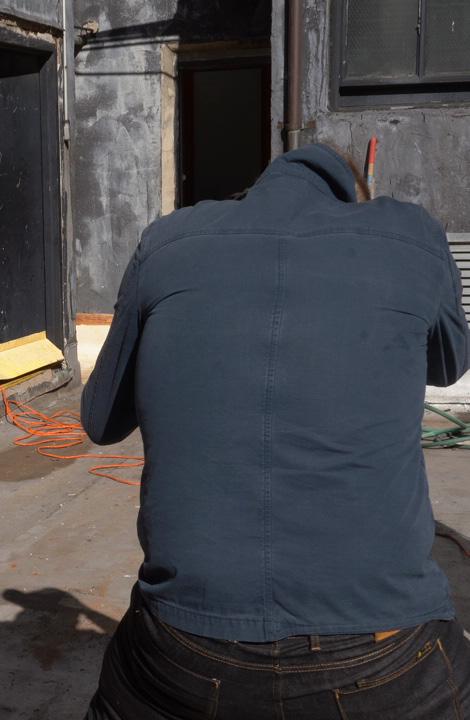
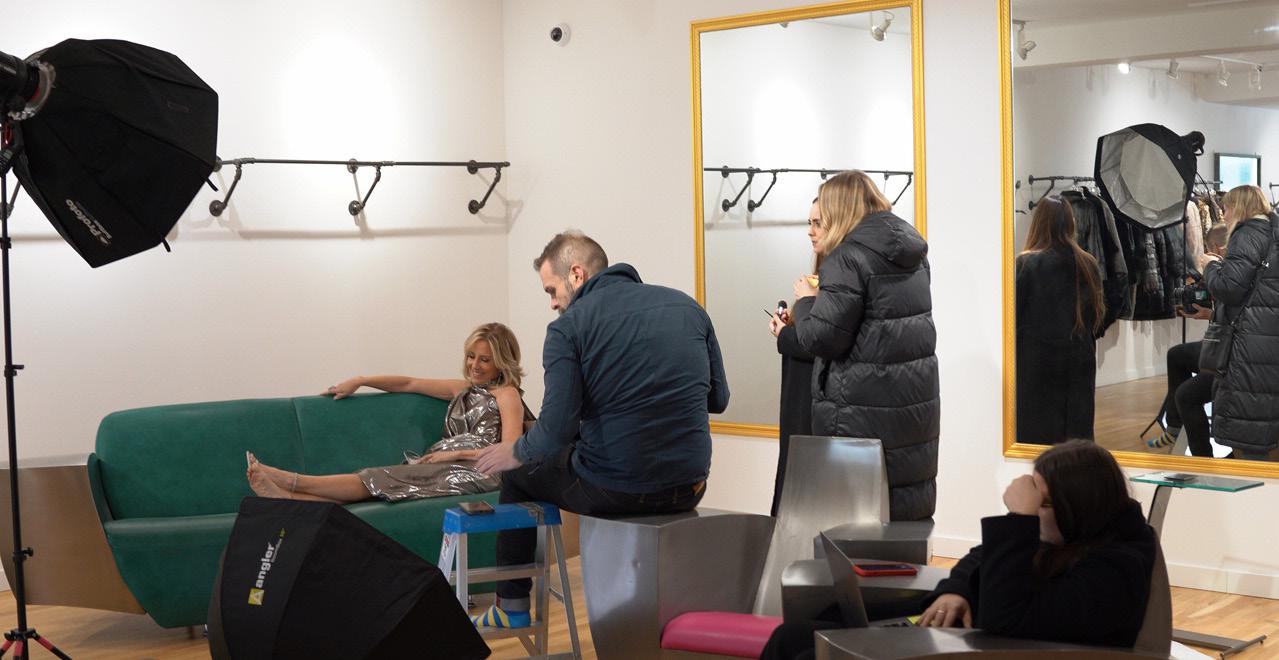



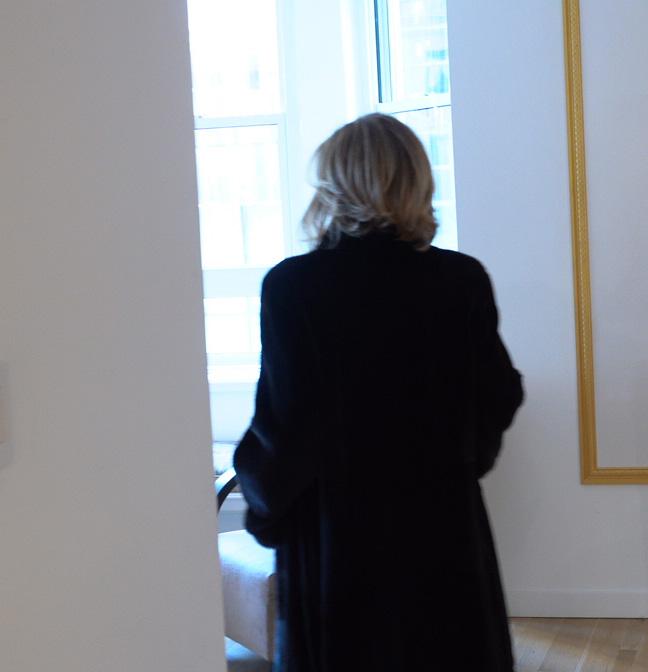
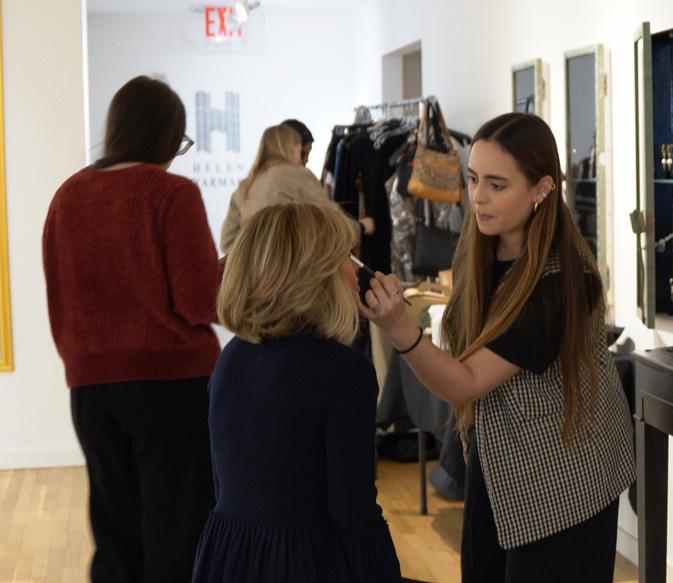




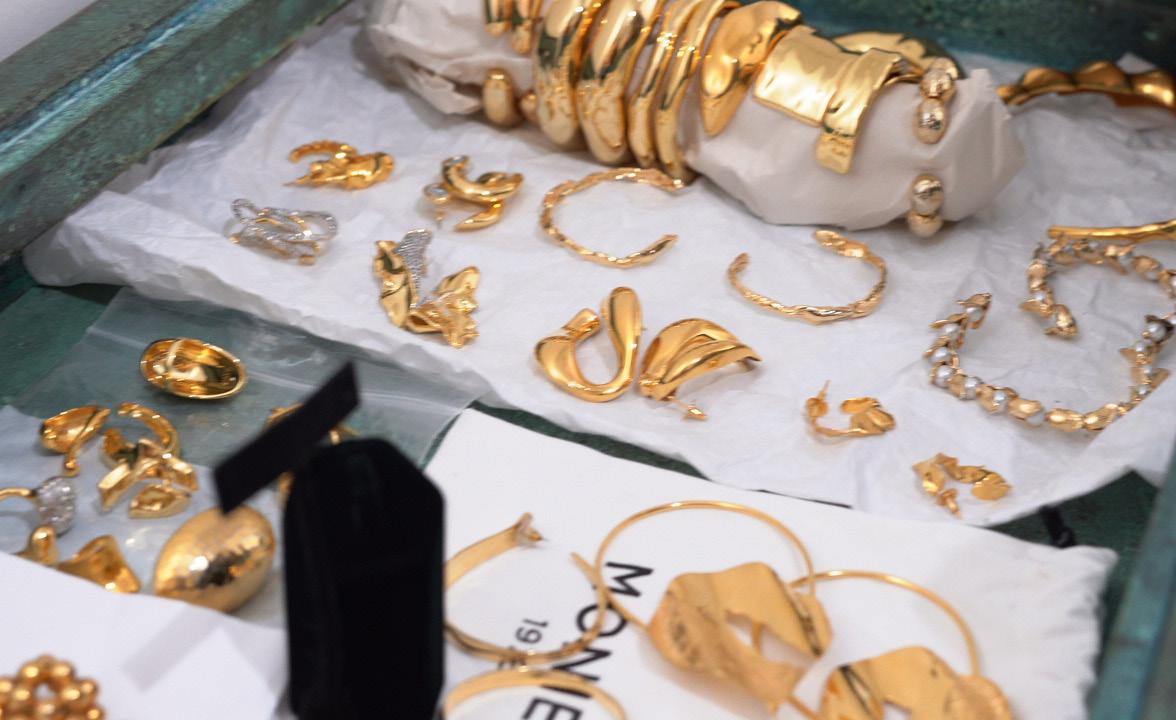

mamoonah ellison PUBLISHER richard ellison EDITOR IN CHIEF nicky black ART DIRECTOR
phil rowe, assoc. editor
pete barrett, sarah joan production editors elle brockett event content editor marie butler asst. editor sarah joan roston editorial asst. emmy best graphics editorial
chesley turner, bill smyth, ashley walsh, zo ë st a gg, annabelle jacoban, features
liz watson, dora oliver, elsie cleveland art department carolina alzate, richard peters camila cardona, sarah jeffries web & tech support amman a marketing, pr & events
ashley walsh, evelyn galarza, monty reynolds social media
annabelle jacoban, sydney champagne office managers susan north, jessica mcginley office assistants anna johns, jo bell, jen parke video & production fabienne riccoboni, cristian pena photography tony gale, pablo andres monsalve, khan hassan sales & analytics
marty ann robertson YES Sales Consultants, L.L.C.
contributors: Tony Gale, Randall Slavin, Spencer Heyfron, Sean Gleason, William Ferchichi, Dennys iLic, James Weber, Francis Hills, Louis Tinsley, Alison Dyer.Anne Marie Green, CBS, Spencer Heyfron, Carlotta Moye, Amanda Mae, Kelly Balch, David Tenniswood, Petros KoyAija Mayrock, Sri Garber, Platform PR, Rachel Margoli, Hundred Stories PR, Gertie Lowe, Public Eye PR, Cannon, Cannon Mediea Group, Karrie Porter, Evan Duning, Chelsea Claydon, Emily Assiran, Bo Poulsen Anna Shagalov, Kristin Herrera, Ryan Hall, Brooklin Rosenstock, David Edwards, Stewart, Chris Shanahan, Shanna Fisher, Dean Burnett, Paul Bloom, Emily Barnes, Orlando Behar, Paster, Ejaz, Callan Stokes, , Chesley Turner, Zoe Stagg, Nathan Heyward, Sophia Fox-Sowell, Kyle Valenta, Melissa Farley,, Cristian Pena, Pablo Monsalve, Gustavo Ortiz, Tony Moore, Pietro Birindelli, Alvaro Nieto, William Casper.
special thanks: Mike Bundlie, poetsroad.com Brendan Cannon, Ava Cella, Julia Cook, Sydney Lynch, Khaleah Phillips, Kelly Cody, Marielle Berrian, Lexi Rosenstein, Izzy Herbert Brooke Lorenz, April Andrews, Cat Trzaskowski, Jess Herman, Travis Keyes, Toranj Kayvon, Duck Feeney. Buffy Saint-Marie, Mariana Jimènez, Yoli-Ann Cotray, Anita Sweet, Patricia Hurtado, Mark Williamson, Amanda Robinson, Jennifer M Scarcella, Christine Tirado, Arend Jackson, Denis Boyd, Trevis Lester, Marco Santini, Aja Allen, Li Murillo, Silvana Avignoni, Camille Thompson, Franz Munoz, Rebecca Hampson, Sarah Whiteside, Rebecca Velez, Daisy Curbeon, Romano Lai, David De Leon, Diana Manzanares, Marco Santini, Mary Wiles, Antonio Velotta Hannah Morelli Kasey Kitchen, Jen LeeMarla Farrell, Jessica Sze, Charlotte Dick-Godfrey, Buffy Saint-Marie, Mariana Jimènez, Yoli-Ann Cotray, Anita Sweet, Patricia Hurtado, Mark Williamson, Amanda Robinson, Jennifer M Scarcella, Christine Tirado, Arend Jackson, Denis Boyd, Trevis Lester, Marco Santini, Aja Allen, Li Murillo, Silvana Avignoni, Camille Thompson, Franz Munoz, Rebecca Hampson, Sarah Whiteside, Rebecca Velez, Daisy Curbeon, Romano Lai, David De Leon, Diana Manzanares, Marco Santini, Mary Wiles, Antonio Velotta. Ashton Lunceford, Gina Hoffman, Tina Kennedy, sisley, monika borja, US Army, US Air Force, Mary Kay Vrba, Sarah Lee, Halstead , Arnold Robinson, Megan Mattson, Netflix, Aflac, Brian Meier, Corcoran, Rogers and Cowan, Paula Bissonette, Discovery Channel, Kasey Kitchen, David Dormann, Marla Farrell, Maria Candida, Danielle Dinten, Fiskars, Michelle Caspers, Landsend, Think Dutchess, D’Arcy Brito, Sophie Taleghani, Michelle Richards, Katie Feldman, Turner Networks, Audrey Adlam, Discovery Networks, Stan Rosenfield, WW Norton, Harper Collins, Eve Sadof The Wall Group, Giant Artists, David Stanwell, Solo Artists, The Rex Agency, Bective, Magn et Agency, Exclusive Artists, Artmix Beauty, Starworks Artists,Stephanie Gonzalez, Warner Bros Pictures, Next Models Paris, , WWRD, Crabtree & Evelyn, Sunset Marquis Kiki Heitkotter, Diane Da Silva, Ariel Tunnell Splashlight Studios, New York; 108 Leonard Street; 565 Broome Street, Penthouse; Loft 2 Studio; Solar Studios; Five Park Miami Beach; Electric Pony Studios; 1 Grosvenor Square, Hudson Yards Loft, Malibu Modern Studio




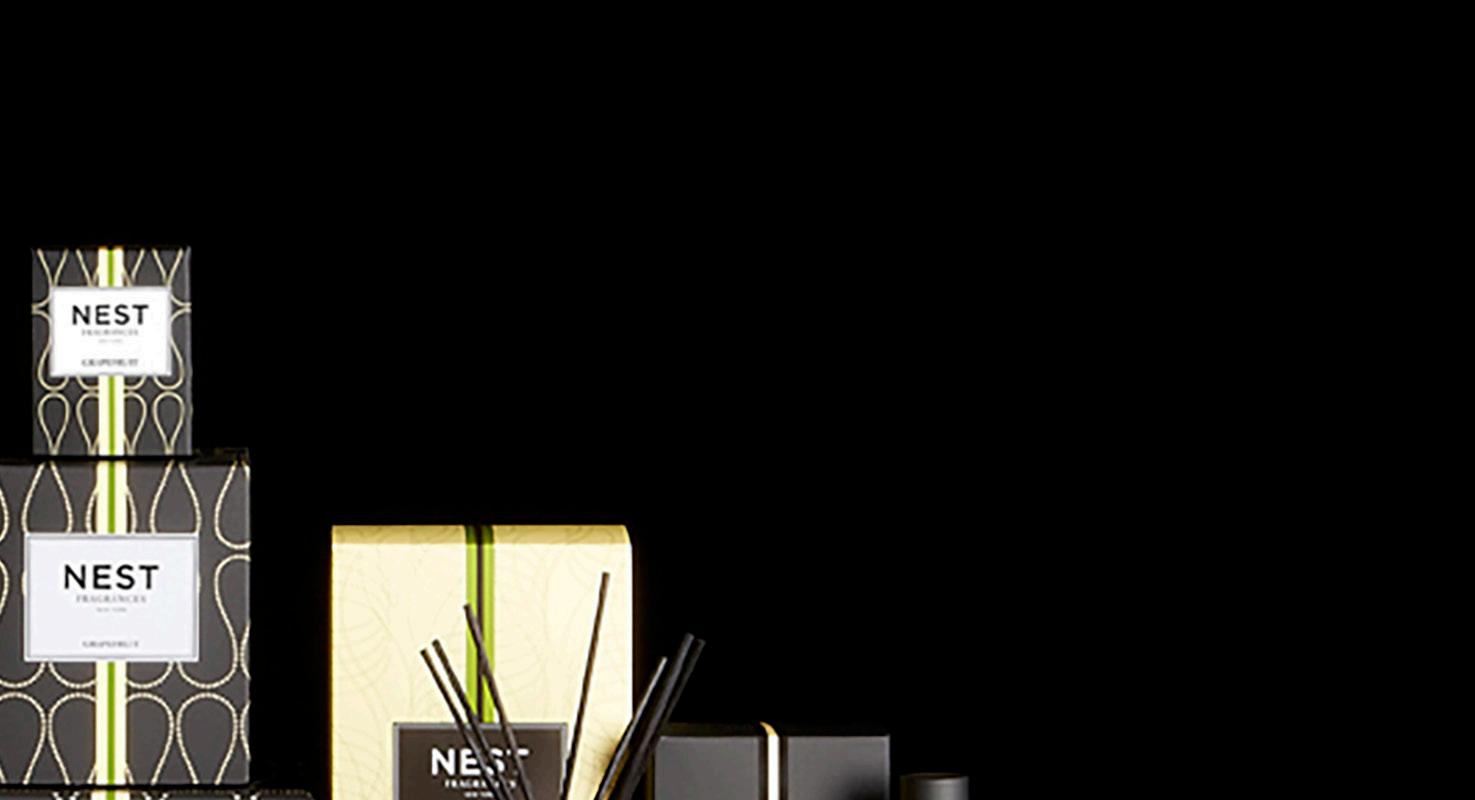
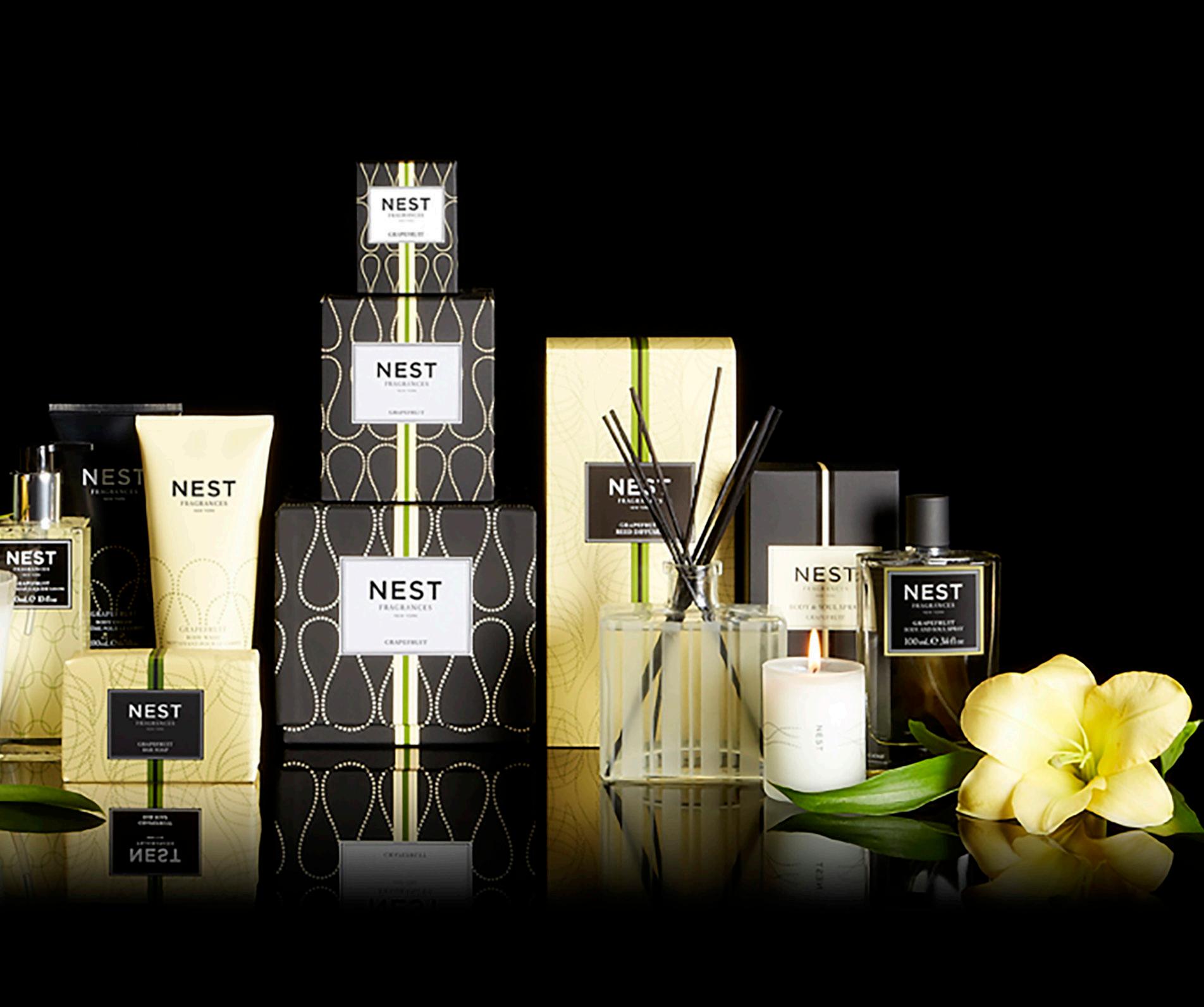

cover alisyn camerota cheers guiness feature origins of inequality dish oh come on feature space chronicles rant insecurities
profile riley voelkel
rockstar olive oil
fashion blue
profile danielle larracuente
event 2024 moves DEI awards event moves power women awards cover aasif mandvi

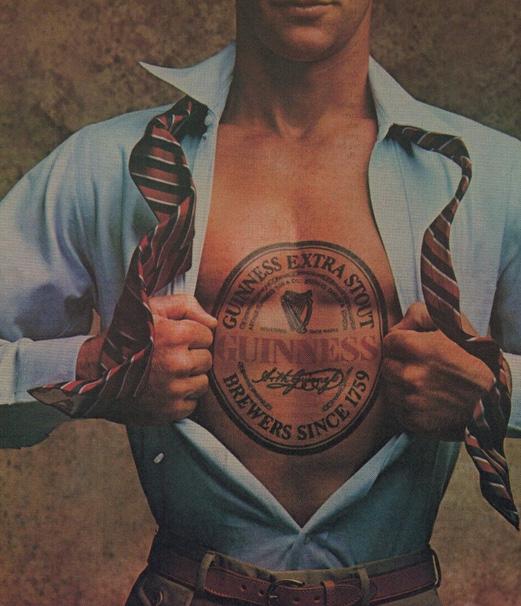
delicious but definitely not for the delicate or decidely faint-hearted
Barley, yeast, hops and wheat; well don’t let the minimal ingredients fool you, beer is a complex culinary feat. With popularity of beer dating back centuries ago, the varieties and the mechanics of beer seems to broaden more and more every year. In this maze of information, it seems we can all agree on two of the main varieties of beer; Stouts and Porters. Er, scratch that, there seems to be even some discrepancies there as well. Before “chugging” away at the confusion faced between the two, lets focus on the facts and history. The word stout originally meant “brave,” but after the 14th century the connotation seemed to diverge into “strong” or “full,” which lines up well as a stout is generally seen as a darker and heavier beer.
A Porter on the other hand, still dark, yet seen less so. Same as the stout, it diverges into many varieties based on one’s own personal taste and preference. What is clear though, the history of the porter and stout grew intertwined together. Before a “stout” was seen as it’s own variety, it was used as an adjective for a porter, and depending on who you talk to, it still is. It was very common for a dark porter to be called a “stout porter.” Both the terms stout and porter when describing beer came about in the 18th century pubs off the streets of London. (where else?)
Stouts especially branch off into many varieties, which may be a benefactor of the confusion in the stouts vs. porters discussion. From the bittersweet and silky taste of an oatmeal stout, to the extra strong Imperial stout, which has alcohol level ranging from about 6 percent to a vision blurring 11 percent. There is also a popularized Milk Stout, which actually contains milk sugar, lactose. Beer yeast does not ferment lactose therefore giving milk stout a very sweet and full bodied flavor. Oyster stout became well known by chance. In the 18th century when stouts first started emerging in the 18th century, oysters were common pub and bar fare, therefore correlating the two indefinitely. Because stouts and oysters seemed to go hand in hand so famously, in the early 20th Century, oyster infused stouts started brewing, though many have mixed reviews. Many claim that the beer and oysters paired together well as separate entities, and the infused flavors were actually unenjoyable in a beer. Though, it is blasphemy to not talk about dry stout when mentioning stouts, as this is the beer that was made most popular by Guinness.
Now before you confidently order a stout or a porter, the beer has to have been brewed, which is a daunting task to say the least. Brewing a beer, from raw ingredients to the first sober sip can take up to a month, to much longer. First you must start with the three basic (well actually pretty complicated) M’s: Malting, Milling, and Mashing. Sounds easy right? Just malt up all your ingredients, then mill them with a, well, maybe a “super miller,” and we all know how to mash! If only it was as simple as a preschool math test. Alas, it is not. Firstly, the malt must be added to the barley, which induces the process of germination, which afterwards it is dried in a kiln which produces the necessary enzymes causing the grains to convert to glorious sugar! The roasting process is a paramount decider in how dark the color is and how strong the flavor will pronounce itself once the brewing process is complete. The malting alone can take up to a week to complete.
Now let’s get to milling! Unfortunately during my research, I discovered that they don’t use a “super miller” to mill! Preposterous, I know. Until this is invented, the milling process involves cracking the grains that are being used for the beer, which helps them absorb the water, and determines how much sugar will be extracted for the malt. The sweetness of the finished product is very much influenced here. After the milling, the malt magically (i.e. scientifically) takes on the term “grist.” It’s mashin’ time for this supernatural grist! It’s boiled in a series of steps and re-mixed with the water, and through filtering and straining (assuming you don’t like pulp in your beer) the wort (which is the liquid after it’s all been strained) is separated from the grain. The goal of mashing is to convert the starches into sugars that can be fermented into alcohol.

Phew, the three M’s are done. Put your mugs down, we still have a bit to go. Our wort is transported to a kettle, which is commonly called a “copper,” even if it isn’t made of copper (just stating the facts people.) This is when our hops and any other necessary spices and sugars are boiled together and create the individualized characteristics of the beer’s body and flavor notes. Immediately the cooling process begins.
Many believe that Guinness actually invented the stout, which is not the case. The earliest mentions of a stout can be dated back to a document in the Egerton Manuscript, circa 1677, when Mr. Arthur Guinness was still a twinkle in his father’s, presumably proud, eye. Though it would be painfully false to say that Guinness didn’t have an enormous impact on the way people viewed, and how we still view, the stout. Guinness started using the word stout in the 1840’s with the release of their “Single Stout” and “Double Stout” varieties, though it is known that Guinness is now viewed as a Porter. This is when Guinness rained in popularity due to their proclaimed health effects, which were followed by athletes, and recommended by doctors to speed up the healing process of a sickness and also to nursing mothers. As one of the first “antioxidant” marketing campaigns, in the 1920’s Guinness came out with their slogan at the time, “Guinness Is Good For You.” This has now become the official slogan of sloppy frat boys trying to get “some.”
by Alexander Neu
This is a very complicated step, as the yeast must be added at just the right temperature for it to grow at the desired rate. After a trip in the fermentation tank, it’s time to mature the beer, which adds extra smoothness and keeps the beer well rounded in flavor and aroma. This process can take from a week to a month, and to make quite sure that the beer is well behaved, it is transported to conditioning tanks for a similar amount of time. Some last minute filtration is performed and is then carbonated, and finally, after bottling, enjoyed!
As far as brewing stouts and porters, there is one key difference that seems to uphold the fact (or not) that stouts and porters are not one in the same. The difference happens during the malting process when adding barley. In a stout, roasted barley is added, where as in a porter the barley should generally be not so. The roasted barley adds smokiness and bitterness to the beer, which holds standard to the characteristics of a porter. Even with this noted change in the brewing processes, it is safe to say that many ambiguous qualities
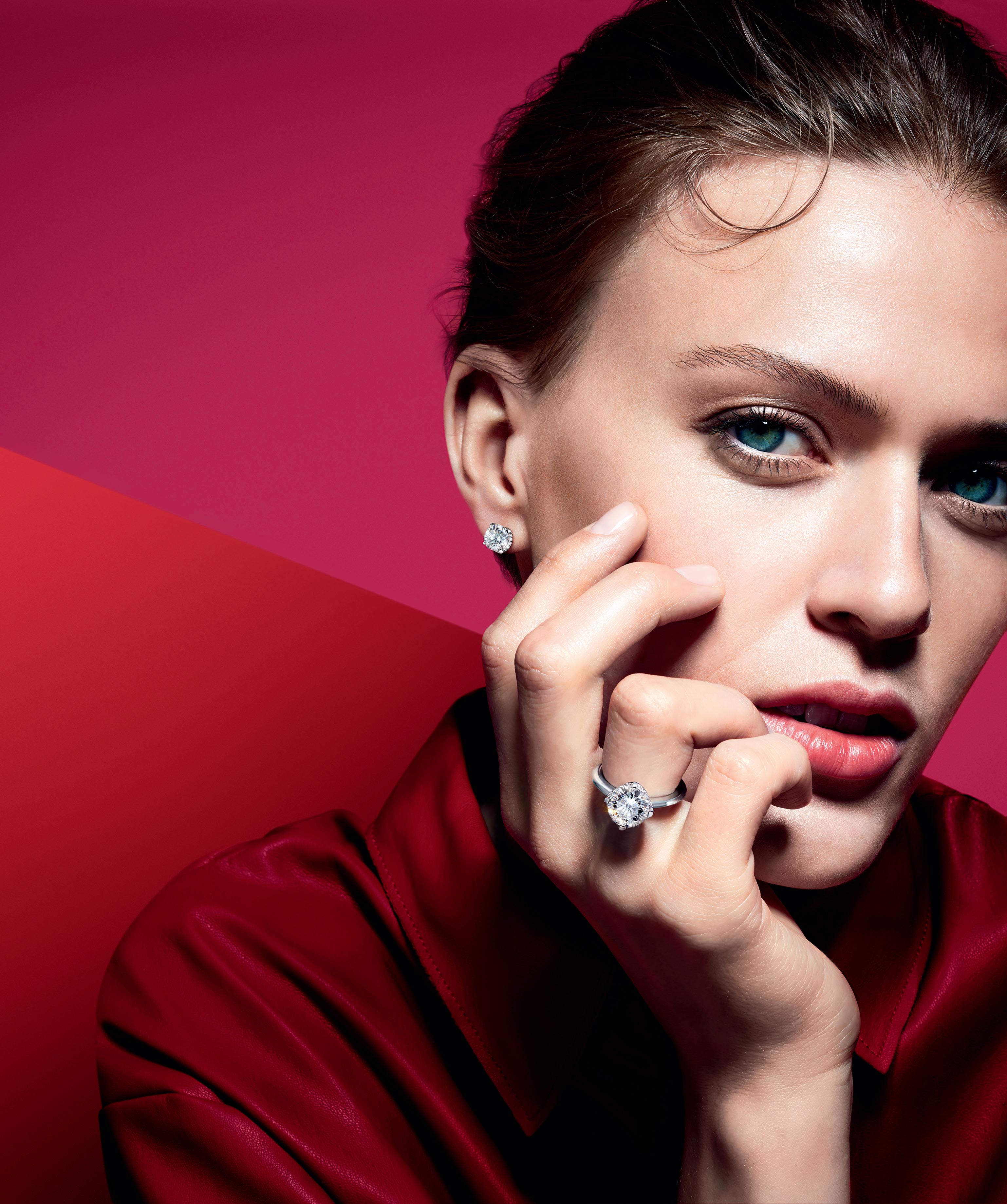


By Kent Flannery & Joyce Marcus
Why do some societies have masters and slaves, nobles and commoners, wealthy plutocrats and sharecroppers? Plato believed that some men were born with souls of gold, while others had souls of silver or bronze. Rousseau believed that our innate inequalities were limited to strength, intelligence, and dexterity. If man was born free, he asked, why do we see him everywhere in chains? The story begins some 120,000 to 60,000 years ago, when our hunter-gatherer ancestors spread from their African homeland into the Near East, Europe, and Asia. Thirty thousand years ago they had assimilated the Neanderthals, their most closely related competitors. Taking advantage of lower Ice Age sea levels, they colonized Australia and crossed the Bering Straits to America.
Anthropological studies reveal that huntergatherers usually work hard to keep their society egalitarian. Typical of their social logic is the premise that generosity is a virtue, while hoarding is selfish. Gifts build social networks and should be reciprocated.
Not surprisingly, therefore, the archaeological record of the late Ice Age shows few hints of a social hierarchy. It appears, however, that some Ice Age societies — for example, the mammoth hunters of the Great Russian plain — lived in large multifamily groups who probably believed that they were related by common descent.
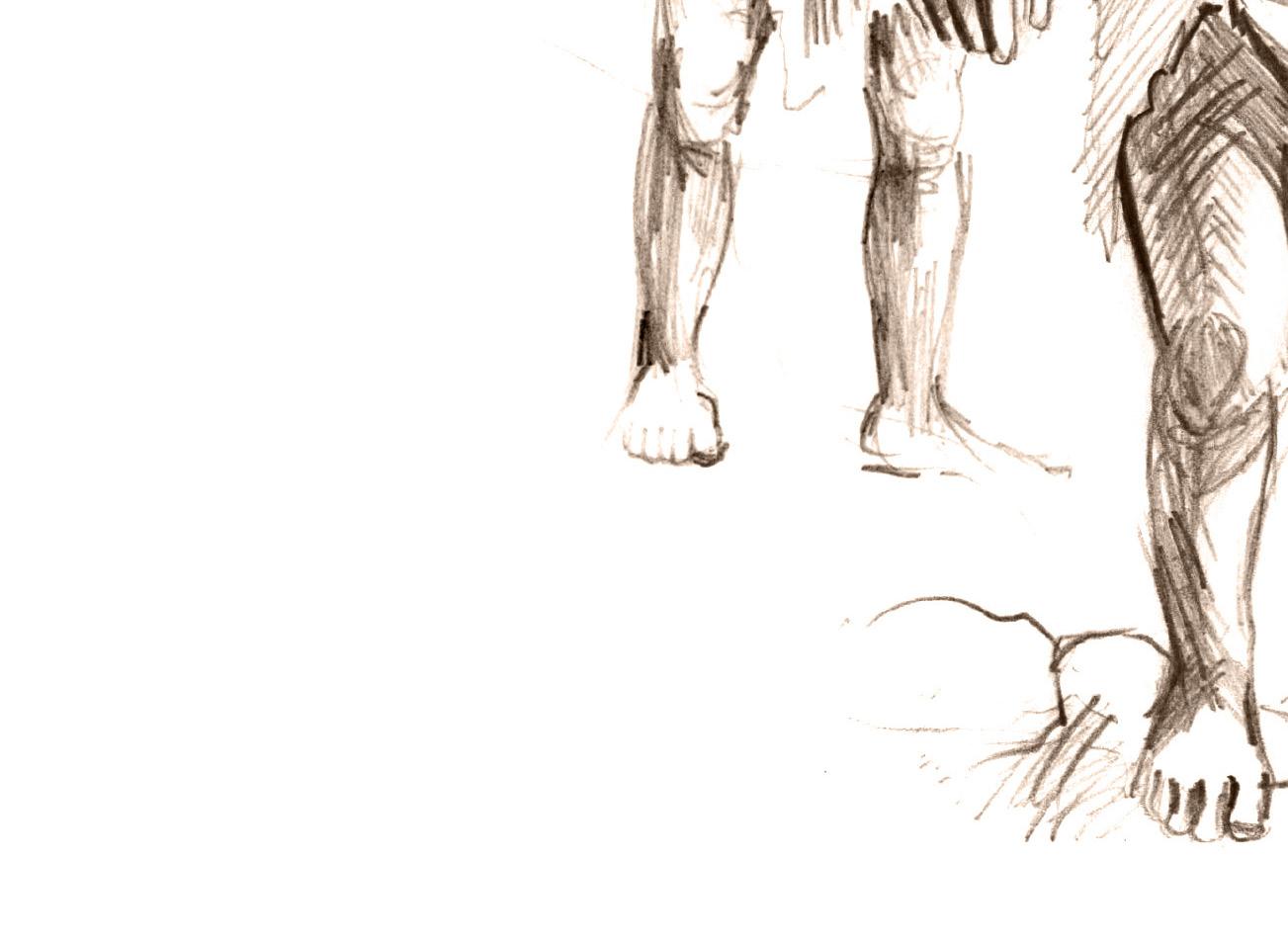
Living in large descent groups changed the social logic of some hunter-gatherers. It created an “us vs. them” mentality, converting conflict from individual homicide to intergroup raiding. In addition, the obligation to treat all individuals as equals did not necessarily extend to individuals in rival multifamily groups. Ethnocentricity was endemic among our ancestors, and many descent groups believed themselves more generous (and hence more virtuous) than their neighbors. The germ of inequality can be seen in this informal “hierarchy of virtue.”
Perhaps the most dramatic change in social logic took place some 7000 years ago in the watersheds of the Euphrates, Nile, and Tigris. It involved acceptance of the premise that some families belonged to a natural aristocracy, whose privileges flowed from the spirit world and could be inherited by their offspring. Near Samarra on the Tigris, Iraqi archaeologists discovered children buried with alabaster statuettes. At sites west of Mosul, other children lay buried with stone maceheads, necklaces of volcanic glass, and elegant stone goblets. Since none had lived long enough to earn such valuables, their social status must have been inherited.
Something similar happened 3000 years ago in Mexico’s Oaxaca Valley. The valley’s population tripled, with 50 percent of its citizens concentrated in one chiefly village. Families of high rank artificially deformed their children’s heads to make their aristocracy clear, and when their heirs died young, they were buried with objects carved to reflect their supernatural
connections. At one cemetery, about 13 percent of adult men were given special bundle burials; there were hints that some of these high-ranking men were polygamous, since several were accompanied by the exhumed and reburied remains of multiple women.
Anthropologists have pointed out several routes by which ambitious families can achieve aristocracy. In some societies, emerging wealth and power are attributed to an innate surplus of supernatural life-force. In others, one highly motivated descent group co-opts ritual and political roles, until it becomes the only group from which leaders are recruited. In still others, aggression and valor in combat imbue emerging male leaders with an aura of supernatural invulnerability.
One of the most widespread means of creating inequality, however, was debt slavery. Under certain conditions, the premise that gifts must be reciprocated could be extended as follows: since your group finds itself unable to reciprocate my group’s generosity, we can oblige you to work off your debt as servants.
One thousand years ago on British Columbia’s Fraser Plateau, there came a time when small, economically vulnerable households seem to have been absorbed into larger and more successful households, perhaps in menial roles. By the time European eyewitnesses reached the British Columbia coast, they found Native American societies whose large plank houses had separate areas for hereditary nobles, commoners, and slaves.


To be sure, the commoners in many traditional societies resisted inequality any way they could. The Kachin of Myanmar and the Angami Naga of India’s Assam region oscillated between equality and inequality for years, periodically overthrowing their hereditary leaders. Even during periods when chiefly families ruled Angami villages, there were blood feuds between highranking brothers and cousins.
Under certain conditions, such elite competition could lead to the creation of a kingdom. After centuries of conflict among rival chiefs, one rival might gain an advantage that allowed him to subdue the others. His victories converted the losers’ territories into the provinces of a larger political unit, elevating the victor from chief to king. European eyewitnesses saw this process take place among the historic Hawaiians, the Zulu, the Asante of Ghana, and the Merina of Madagascar.
Now that archaeologists know what to look for, they can see that the first kingdoms in Egypt, Mesopotamia, Mexico, the Maya region, and the Andes arose in similar ways. The end product was usually a class- or caste-based society in which nobles and commoners played by different rules.
Not every ancient society, however, allowed inequality to emerge. Some worked out socially acceptable ways for talented people to achieve positions of prestige, while still preventing the creation of hereditary nobles. These societies balanced personal ambition with the public good, and a frequent outcome was long-term stability in the archaeological record.
It seems obvious and apparent that a natural hierarchy, a “pecking order”, exists in all animal societies but it is not always the case. Some species, female lions, muriqui monkeys in the Brazilian rainforest, bonobos and many more according to “Science” magazine, have an almost egalitarian system of co-existance where the dominant male is often ostracized because of its aggressive behavior. So it begs the question, doesn’t it; if inequality is not a natural phenomenon, why are human groupings almost always developed on such inequitable bases even with our supposedly far superior capacity for empathy?

We can point to many Native American cases. The Tewa of New Mexico, for example, allowed certain individuals to become “Made People” by working their way up through eight ritual societies, each requiring demonstrations of civic leadership. The Mandan of North Dakota ascended a ladder of ritual societies, eleven for men and seven for women. Even society’s most respected leader, however, could not refuse to share his accumulated valuables with his kin.
In the course of our study, we discovered that most egalitarian societies displayed striking tolerance. Nowhere was this clearer than in the diversity of “traditional” marriage arrangements, six or seven types in North America alone. For the Eskimo of central and eastern Canada, marriage could involve one man and one woman; one man and two women; one woman and two men; or a foursome in which two hunters became lifelong partners and shared their wives.
Many Plains Indians based their life plan on a vision from the spirit world. Some men took one wife, others two. The visions of some young men, however, foretold that they would dress and live as women. Called “two-spirit” people, these men were seen as having close ties to the spirit world, and might become the second wife in a polygamous marriage. Perhaps 100 Native American societies had such transgendered men, and a third as many had women who dressed and lived as men. Some of the latter, known as “manly-hearted” women, set up housekeeping with another woman.
In these societies (unlike today’s predjudiceriddled western equivalents – Ed) both transgendered individuals and same-sex marriages were accepted as part of nature’s plan. Neither was seen as threatening to monogamy or the institution of the family. This contrasts with some of the more stratified and authoritarian ancient kingdoms, whose governments intervened in commoners’ lives. Nobles in Mesopotamia’s Sumerian state were allowed to practice polygamy, but a cuneiform tablet from the ancient city of Lagash suggests that commoner women who tried it would be stoned.
Like Rousseau before us, we found no evidence that royalty or oligarchy were supported by Natural Law. Our ancestors simply created them by changing the logic of society one premise at a time. Over the course of millennia, the simple ethnocentrism of Stone Age society escalated to encompass the intolerance, ethnic cleansing, and aggressive nation-building we see in today’s world.
We were impressed, however, by the number of societies that had chosen a different path. At a crucial point in their development, they returned to an earlier social logic and reduced inequality. What often resulted was a society with no one of aristocratic birth, no vast accumulations of wealth, and no bequeathing of privilege to undeserving children. Its principal hierarchy was one of virtue, and it was led by individuals who, for the most part, gave generously while asking only for respect.




I have a good friend, maybe not a BFF, but I care about her. I’ll call her Eva. Eva has a friends-with-benefits relationship with Oscar, a business type. From the get-go, he has treated her abusively. He never answers her text messages, only wants to have sex, never has an emotional connection with her… and she takes it. It’s obvious that she likes him more than he likes her, so she takes whatever he puts in front of her. It’s as if she lets him treat her this way because she believes she deserves it. Her low self-esteem is displayed most obviously through her relationship with Oscar, and it seems to have no limit on the depth of degredation.
Most of their time together is spent having strange, explicit, and seemingly unpleasant sex. She is always fulfilling his lunatic fantasies, but we never get a glimpse into what she wants. The action is always about him: he decides how and when to have sex, when to respond to her, when to be nice to her, and when he feels like harassing her. And she always comes back for more. Shockingly, these little pow-wows eventually became a full-blown relationship. He doesn’t really change his behavior besides one friendly summoning phone call. And so it goes on and makes
Sadly, these sorts of relationships aren’t uncommon. A relationship doesn’t begin by dating anymore. Most of the time, you’ve had sex before you’ve had the time to really get to know someone. It’s as if you test the relationship by having sex first because that is the main reason to become a couple. I never hear of women being asked out to dinner anymore. Forget being picked up at your front door. Texting is the main form of flattery and communication, which is such an impersonal way to talk to someone. Meeting for drinks is a common “date” because its fast, it will get you drunk, and therefore probably laid. The drink, however, you can expect to be paid for. Thank goodness for that. But that itself has its own very negative connotations of being bought and paid for.
We live in a time where most romantic relationships refuse to be defined, albeit mostly by the man. This leaves room for abundant transgression, the feeling that your partner can be treated in whichever way you please, and a general lack of both physical and emotional commitment. Subsequently, more and more women do not marry and are content being single. To be honest, I don’t blame them. Is it better to be single rather than be treated like a three word text message? Women are starting to have children much later in life, and on their own terms. They can choose to adopt a child on their own, unwed, and they are not deemed as unusual. Is this the natural progression of women’s rights? Wiping out the need for a male counterpart? The result is a complete segregation of the sexes, both acting as autonomous beings that are unattached to things as insignificant as a partner.
In a time that technology rules everything, it’s just another, very real example of how we are becoming less and less attached to real human interaction and connection.



With his signature wit and thought provoking insights one of our foremost thinkers on all things space brilliantly reminds us why NASA matters now as much as ever.
For millennia, people have looked up at the night sky and wondered about our place in the universe. But not until the seventeenth century was any serious thought given to the prospect of exploring it. In a charming book published in 1640, A Discourse Concerning a New World & Another Planet, the English clergyman and science buff John Wilkins speculates on what it might take to travel in space: [Y]et I do seriously, and upon good grounds, affirm it possible, to make a flying chariot, in which a man may sit and give such a motion unto it as shall convey him through the air; and this, perhaps, might be made large enough to carry divers men at the same time. . . . We see a great ship swim as well as a small cork; and an eagle flies in the air as well as a little gnat. . . . So that notwithstanding all [the] seeming impossibilities, tis likely enough there may be a means invented of journeying to the Moon; and how happy they shall be that are first successful in this attempt.
Three hundred and thirty-one years later, humans would indeed land on the Moon, aboard a chariot called Apollo 11, as part of an unprecedented investment in science and technology conducted by a relatively young country called the United States of America. That enterprise drove a half century of unprecedented wealth and prosperity that today we take for
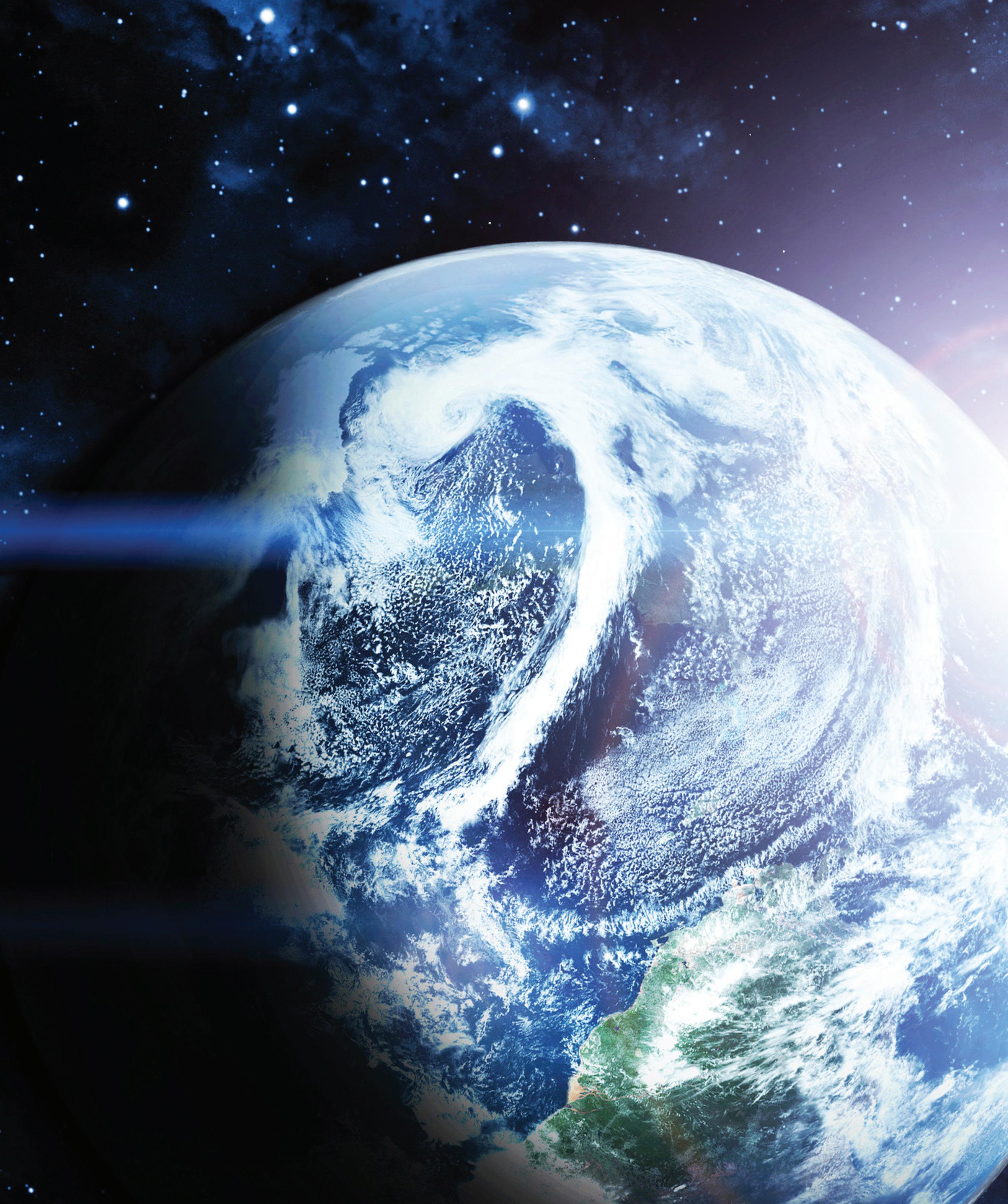
granted. Now, as our interest in science wanes, America is poised to fall behind the rest of the industrialized world in every measure of technological proficiency.
In recent decades, the majority of students in America’s science and engineering graduate schools have been foreignborn. Up through the 1990s, most would come to the United States, earn their degrees, and gladly stay here, employed in our high-tech workforce. Now, with emerging economic opportunities back in India, China, and Eastern Europe—the regions most highly represented in advanced academic science and engineering programs—many graduates choose to return home.
It’s not a brain drain—because American never laid claim to these students in the first place—but a kind of brain regression. The slow descent from America’s penthouse view, enabled by our twentieth-century investments in science and technology, has been masked all these years by self-imported talent. In the next phase of this regression we will begin to lose the talent that trains the talent. That’s a disaster waiting to happen; science and technology are the greatest engines of economic growth the world has seen. Without regenerating homegrown interest in these fields, the comfortable lifestyle
to which Americans have become accustomed will draw to a rapid close. Before visiting China in 2002, I had pictured a Beijing of wide boulevards, dense with bicycles as the primary means of transportation. What I saw was very different. Of course the boulevards were still there, but they were filled with topend luxury cars; construction cranes were knitting a new skyline of high-rise buildings as far as the eye could see. China has completed the controversial Three Gorges Dam on the Yangtze River, the largest engineering project in the world—generating more than twenty times the energy of the Hoover Dam. It has also built the world’s largest airport and, as of 2010, had leapfrogged Japan to become the world’s second-largest economy. It now leads the world in exports and CO2 emissions.
InOctober 2003, having launched its first taikonaut into orbit, China became the world’s third spacefaring nation (after the United States and Russia). Next step: the Moon. These ambitions require not only money but also people smart enough to figure out how to turn them into reality, and visionary leaders to enable them. In China, with a population approaching 1.5 billion, if you are smart enough to be one in a million, then there are 1,500 other people just like you. Meanwhile, Europe and India
are redoubling their efforts to conduct robotic science on spaceborne platforms, and there’s a growing interest in space exploration from more than a dozen other countries around the world, including Israel, Iran, Brazil, and Nigeria. China is building a new space launch site whose location, just nineteen degrees north of the equator, makes it geographically better for space launches than Cape Canaveral is for the United States. This growing community of spaceminded nations is hungry for its slice of the aerospace universe. In America, contrary to our self-image, we are no longer leaders, but simply players. We’ve moved backward just by standing still.
But there’s still hope for us. You can learn something deep about a nation when you look at what it accomplishes as a culture. Do you know the most popular museum in the world over the past decade? It’s not the Metropolitan Museum of Art in New York. It’s not the Uffizi in Florence. It’s not the Louvre in Paris. At a running average of some nine million visitors per year, it’s the National Air and Space Museum in Washington, DC, which contains everything from the Wright Brothers’ original 1903 aeroplane to the Apollo 11 Moon capsule, and much, much more. International visitors are anxious to see the air and space artifacts housed in this museum, be-
By Neil deGrasse Tyson
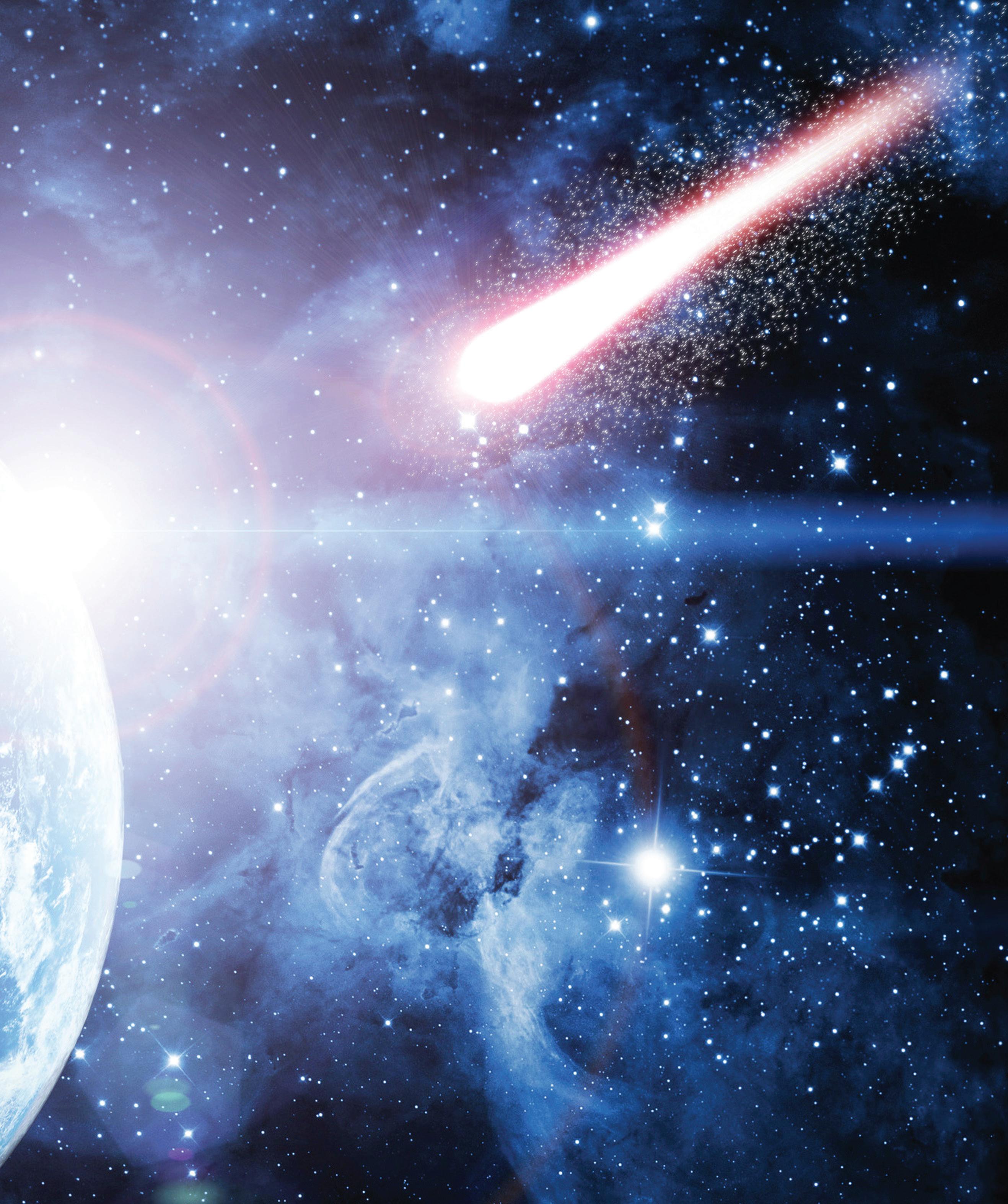
cause they’re an American legacy to the world. More important, NASM represents the urge to dream and the will to enable it. These traits are fundamental to being human, and have fortuitously coincided with what it has meant to be American.
When you visit countries that don’t nurture these kinds of ambitions, you can feel the absence of hope. Owing to all manner of politics, economics, and geography, people are reduced to worrying only about that day’s shelter or the next day’s meal. It’s a shame, even a tragedy, how many people do not get to think about the future. Technology coupled with wise leadership not only solves these problems but enables dreams of tomorrow.
For generations, Americans have expected something new and better in their lives with every passing day— something that will make life a little more fun to live and a little more enlightening to behold. Exploration accomplishes this naturally. All we need to do is wake up to this fact.
The greatest explorer of recent decades is not even human. It’s the Hubble Space Telescope, which has offered everybody on Earth a mind--expanding window to the cosmos. But
that hasn’t always been the case. When it was launched in 1990, a blunder in the design of the optics generated hopelessly blurred images, much to everyone’s dismay. Three years would pass before corrective optics were installed, enabling the sharp images that we now take for granted.
What to do during the three years of fuzzy images? It’s a big, expensive telescope. Not wise to let it orbit idly. So we kept taking data, hoping some useful science would nonetheless come of it. Eager astrophysicists at Baltimore’s Space Telescope Science Institute, the research headquarters for the Hubble, didn’t just sit around; they wrote suites of advanced imageprocessing software to help identify and isolate stars in the otherwise crowded, unfocused fields the telescope presented to them. These novel techniques allowed some science to get done while the repair mission was being planned.
Meanwhile, in collaboration with Hubble scientists, medical researchers at the Lombardi Comprehensive Cancer Center at Georgetown University Medical Center in Washington, DC, recognized that the challenge faced by astrophysicists was similar to that faced by doctors in their visual search for tu-
mors in mammograms. With the help of funding from the National Science Foundation, the medical community adopted these new techniques to assist in the early detection of breast cancer. That means countless women are alive today because of ideas stimulated by a design flaw in the Hubble Space Telescope.
You cannot script these kinds of outcomes, yet they occur daily. The cross-pollination of disciplines almost always creates landscapes of innovation and discovery. And nothing accomplishes this like space exploration, which draws from the ranks of astrophysicists, biologists, chemists, engineers, and planetary geologists, whose collective efforts have the capacity to improve and enhance all that we have come to value as a modern society.
How many times have we heard the mantra “Why are we spending billions of dollars up there in space when we have pressing problems down here on Earth?” Apparently, the rest of world has no trouble coming up with good answers to this question—even if we can’t. Let’s re-ask the question in an illuminating way: “As a fraction of your tax dollar today, what is the total cost of all spaceborne telescopes, planetary probes,
the rovers on Mars, the International Space Station, the space shuttle, telescopes yet to orbit, and missions yet to fly?” Answer: one-half of one percent of each tax dollar. Half a penny. I’d prefer it were more: perhaps two cents on the dollar. Even during the storied Apollo era, peak NASA spending amounted to little more than four cents on the tax dollar. At that level, the Vision for Space Exploration would be sprinting ahead, funded at a level that could reclaim our preeminence on a frontier we pioneered. Instead the vision is just ambling along, with barely enough support to stay in the game and insufficient support ever to lead it.
So with more than ninety-nine out of a hundred cents going to fund all the rest of our nation’s priorities, the space program does not prevent (nor has it ever prevented) other things from happening. Instead, America’s former investments in aerospace have shaped our discovery-infused culture in ways that are obvious to the rest of the world, whether or not we ourselves recognize them. But we are a sufficiently wealthy nation to embrace this investment in our own tomorrow—to drive our economy, our ambitions, and, above all, our dreams.


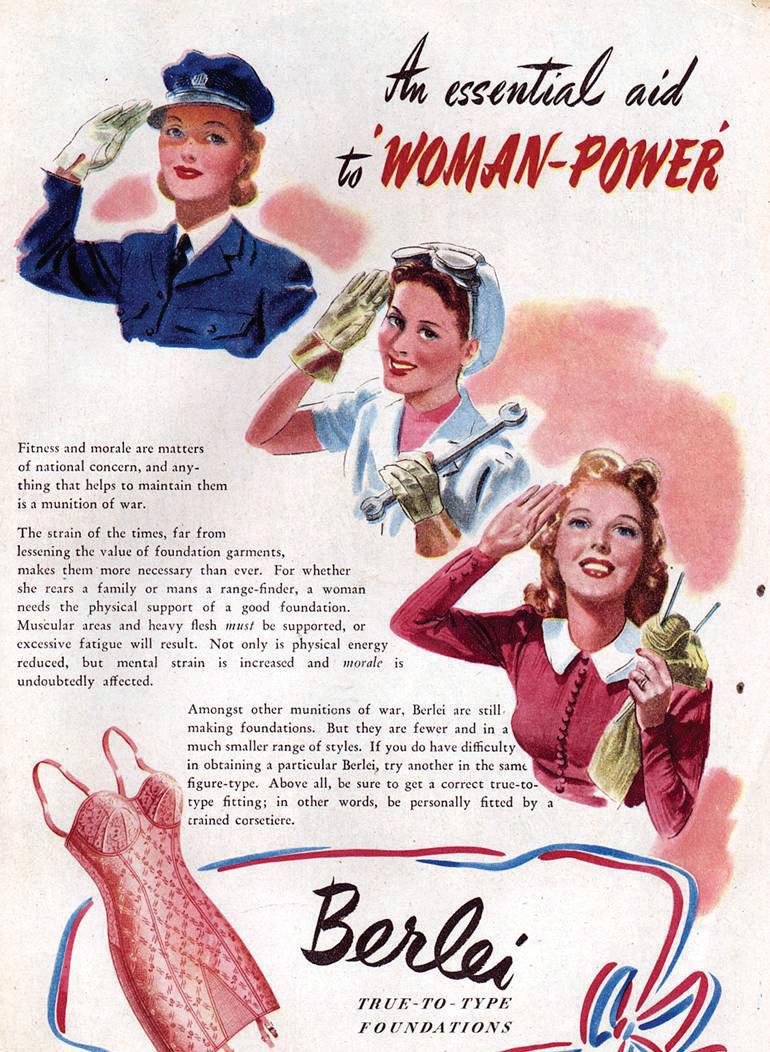

One woman’s rant about herself highlights the long, long road still to go before we as females can address our issues on our, and not on our men’s... or mothers’, terms. Thanks Shannon!
I grew up in the Bronx and I had an obese uncle which eventually cost him his life. But God! What rice balls he could make. He was from Sicily and grew up in Brooklyn and besides teaching me how to count to “tree”, he taught me how to enjoy a good Italian meal. Also the couple who had the apartment beneath us were Italian and I used to hover in their kitchen like a stray cat looking for scraps. Oh, how I enjoyed food then! Little did I know it would become my arch nemesis in a few years.
My father told me, “I heard girls shouldn’t read fashion magazines, because it makes them feel bad about themselves.” Oh, the honesty. True that Pops, fashion rags made me feel like complete and total shit with an ounce of hope thrown into the stinking mix. ‘I hope I can fit into that’, was my most occurring thought.
I was never stick thin growing up, but you could hardly categorize me as plump. I’m not going to tell you I was the fat kid with no friends who got voted prom queen. I was liked by many. I played sports. I played instruments. I did theatre. I had sleepovers, birthday parties and went to all the dances. This is not my coming of age story.
This is me screaming at the top of my brain why can’t I like myself? For one goddamned moment I would like to put on a dress and smile. The same goes for a bathing suit. OH, those fuckin’ suits. I’d rather wear an entire wet suit and be done with it. At least I have my sense of humor, right?
Right now I am training to run a marathon, so within the past two months I have lost ten pounds. I want to lose ten more. Most probably ten more after that. Who started this shit in my head and how do I get it to turn off?
I had a meathead boyfriend in college. He was always going to the gym, with me by his side, and subscribed to all those awful bodybuilding magazines. I was elated. I worked out with him everyday. I worked out by myself. I would work out at least twice a day, plus watch my calories, plus take diet pills. He was oh so encouraging of this behavior. I started to rapidly slim down and when I average about a size 2, I started getting the compliments. I fit into all the clothes. I went into Banana, which I know starts selling clothes at a size 4, and would say sweetly, “Is your smallest size a 4?” The clerks would nod, and I would continue with, “That’s a shame I’m a 2.” JUST BECAUSE I COULD. That borders on sick twisted anorexic shit. But I felt liked, pretty. I felt people just wanted to be my friend because of what I looked like AND I LIKED IT. Never mind, I graduated with honors and studied Medieval Literature at Oxford University. I want those size zero pants to go over my ass.
by Shannon Brandt
I have been on every single diet imaginable – seriously think of one, yup did that one too. I have taken every single diet pill on the market and some that were not; cocaine for example. If I were rich, I would be a cokehead. Not a pretty thought to put out there, but I would. It gives you energy, and suppresses your appetite. You lose your soul, but shit that sample sale is a-waiting. I am not rich, I am a writer therefore I’m an alcoholic not a cokehead.
Shortly after college, I had another boyfriend who was from the south. Can you say, “fried Oreos?” He was little bit chunky and I was a little bit chunky (by whose comparison?) when we first met. I liked him because he was older and I wanted to impress him. Doesn’t matter that I had more schooling or was more cultured than him, I still felt less superior. I immediately joined a gym and went to all the classes. I was still on the diet pills, but I now upped the daily dosage.
It is actually such a shame, because I do love food so much. I’m not talking about that fast food crap – that IS crap. No one should eat it, it should be outlawed. It makes our kids fat and makes it easier for Mom and Dad to stay later at work, but don’t get me started on that.
I love food. Meat, fish, rice, veggies, fruit, pasta, chicken, everything. I should be able to enjoy life guiltlessly. I live in the center of the universe, with everything at my disposal. I should grab that bull buy the reigns and ride that bad boy all the way home. But I can’t let one morsel pass my lips without thinking what I will deny myself later since I had this now. I also am secretly THRILLED when my girlfriends gain weight, most of who seem not to mind since they are enjoying their life. They have their men, their apartments, their career – all of which I have as well- but they are enjoying themselves.
Yes, I do have another boyfriend and he is absolutely adorable. He’s also 23. As I aforementioned I am training for a marathon, and of course I am not anywhere happy with my physic but I feel somewhat saner. I do not know if its’ the extra endorphins being released or the caffeine pills or the constant sex with a 23-year-old, but I feel ok. I still hate everyone thinner than me, those fuckin gorgeous people that only live on the planet L.A. I still violently read the latest Vogue cover to cover. I still contemplate bulimia. I still follow the latest diets, trends. I still belong to a gym and besides running twice a week I do yoga the other two days and will start cross training by bicycling. Will I ever be fully content with myself outside? Who the hell knows. All I am aware of is that I will forever be comparing my stomach to yours, my thighs to hers, my boobs to my mom’s. On the lighter side (pun intended), my boyfriend picked me up from my weekend away last night and it looks like he’s put on a little weight. * smiles *

Riley Voelkel... limited edition


"Good Evening, Mr. Bond"
Riley Voelkel is an East Coast girl. Now. She grew up on the West Coast, in California, originally from Canada and was in LA for 14 years while recently moving to Atlanta where her husband is from and loves it. “I've become an East Coast person. I was definitely a West Coast person. But I've shifted and I don't think people do that often. I really love the East Coast now. It's just a different vibe. And I think from the moment I started working in Atlanta, and spending more time in New York while working in New York as well. I just felt like I was supposed to be here all along.”
Fast forward to the moment, Riley’s bittersweet moment having just wrapped the third and final season of Hightown , the Jerry Bruckheimer-helmed Starz series. “I feel like I could have played that role forever. It was just like a really special, rare dynamic on set, everyone was incredibly inspiring. And it was probably the most fulfilling role of my career so far. So it's bittersweet. The industry creates this just really rare dynamic of your co workers. You're working with these people, sometimes 14 hours a day, and you're seeing them more than you're seeing your own friends and family. And so inevitably, it creates this family dynamic onset. I'm so happy for everyone, to see everything we did over the course of three amazing seasons.
Acting was not a lifelong passion for the 33-year-old Voelkel. She kind of fell into the industry yet fell in love with it. Although acting was the primary goal Voelkel just found from the very beginning interest in potentially writing one day or directing or understanding a lot of different sides of the industry. “I'm very much in the beginning stages of all of that. We'll see where it goes. But I think finally, you know, when you're on a show for a while, you get this incredible opportunity to work with the same people over the course of seasons. And sometimes you kind of get the opportunity to do things like shadow direct…
“I think the next stage is for me to potentially write and direct my own short film, and just kind of see where things go from there… there's just something about writing for me and crossing it off that satisfaction. Still, I can't give it up.”
You’;ve seen Voelkel before on shows like The Mentalist , American Horror Story: Coven , or The Newsroom on HBO, playing Jeff Daniels’ character’s assistant. Her big break prior to Hightown was a recurring role on The Originals , the spin-off of The Vampire Diaries
“I always feel like every role I've ever played has had an impact or as a stepping stone to the next. You kind of mentioned some of the biggest ones. For me, The Newsroom was my first recurring role on anything, I was brand new in the industry, I was terrified and nervous. And it was the biggest blessing because I got to go to work every day and see some of the best of the best do what they do. I couldn't have asked for a better acting role and even though it's such a small part of that show, I got to watch these people perform. And of course, working with Aaron Sorkin was a dream…. And then The Originals was the first time I was a series regular over the course of that many years. And the fanbase of that show is just beyond, they're so incredible.”
interview Moonah Ellison story Bill Smyth
images [previous spread] Michael Robertson; [opposite page] Tyler Patrick Kenny
Almost as important as the fact that it tastes good, olive oil may improve your sex life. In conjunction with Omega 3s, it has been shown to improve circulation and hence sexual arousal... and we can all drink to that.
by Kim Sayid

It’s not that easy! In fact, sometimes I look in the mirror and think, what am I doing? How can I preach finishing dishes off with the perfect single-varietal, limited production, regional extra virgin olive oils to everyday people? My dilemma? The majority of our fine dining restaurant idols are putting rancid, chlorophyll-filled imitation stuff on their tables for us to hungrily dunk bread into!! They might call it olive oil, but they unashamedly mask its taste with smashed garlic, grated cheese, balsamic vinegar and rosemary, thinking we will never know the difference. How can I talk about flavors and aromas in extra virgin olive oils when people are afraid to put it to their lips after being disenchanted by the stale, musty flavors that dominate our supermarket shelves? So many times I have heard people say that they were convinced not to like the taste of olives because of the bad flavors they’ve experienced in olive oils. It’s a sad reality, but I believe we can make a huge difference with just some education and exposure to good products. In the face of my uneasy job, what keeps me going is seeing that astounded ear-to-ear smile, hearing that flabbergasted “wow,” and knowing I’ve altered someone’s taste buds forever. Once people are exposed to the real deal, there is no going back! These are the personal little satisfactions of my workday!
Often people don’t realize how many factors affect the quality of olive oil. Just like wine, it starts in the field. Weather, land and mother nature play a key role, as well as how the trees are nurtured and pruned, timing and method of the harvest, speed to pressing, storage, blending, bottling and age. The scary thing is that most of the leading oil brands on the market today don’t own a single tree or crush a single olive. They are merely bottlers. They buy mass quantities of oil on the open market, with no knowledge of its origin or quality, and blend it to a certain price (not taste) profile they think we Americans will appreciate. Many of the products are poorly processed, full of defects and potentially even carcinogenic. But don’t be insulted – it’s pretty much the same story on Italian supermarket shelves as well! It’s unfortunate, but these large players are globally dominant and their negative effects often overshadow the delicious healthy benefits of good quality extra virgin olive oils.
So what can we do to protect ourselves and spend our money wisely on quality, healthy products? First, we should understand the difference between extra virgin olive oil, virgin olive oil, (pure) olive oil and pomace oil. In its simplest explanation, extra virgin olive oil is, by law, the first oil extracted from crushed, macerated, fresh olives. It has no laboratory defects and meets certain legal parameters, including an acidity level equal to or below 0.8%. It does not have the addition of chemicals or any chemical processing. Since nothing is added or altered, this makes the end result

heavily dependent on the quality of the olives used. The brilliant marketing terms “cold pressed” and “first pressed” are pretty irrelevant since today almost all extra virgin olive oils are extracted using appropriate airtight machinery, which operates at room temperature. Virgin olive oil, which is less commonly found, is slightly less expensive because the quality parameters are slightly lower. The product is allowed to have a few defects and a slightly higher acidity level in laboratory testing. However, like extra virgin olive oil, it is still not allowed to be chemically treated or altered. Next we have olive oil, misleadingly also known as Pure Olive Oil. This is very poor quality oil with no healthy or appealing qualities. In addition, it is treated to strip away any color or flavor it might have only to have those elements artificially added back in, making this the most “impure” of them all! Saving the worst for last, we have pomace oil. This is the absolute last pressing of the fruit, when the final remnants of liquid are squeezed out of the pit and any other remaining muck. It is completely void of flavor, color, aroma or health benefit, and is chemically enhanced to become plausible for cooking. Oddly enough, pomace oil used to be illegal for human consumption in Italy, as it was considered only for lamp fuel. Today this is the “golden green liquid” poured in front of us on most of our restaurant tables!
When trying to select the right oil for you, standing in front of those overwhelming supermarket shelves can be daunting. Now that you’re past the first step of understanding the differences between the products, you can look for a few other key indicators of quality. First, start with the bottle. Oil is damaged by light and heat and should therefore be sold and stored in dark bottles at cool or room temperatures only. Any products packed in clear bottles are an immediate nono. Unlike wine, olive oil does NOT get better with age. You want to purchase the youngest, freshest product possible, so be sure your extra virgin
olive oil has a harvest year and/or expiration date on it. The product should be used within 18 months of packing. Once the bottle is opened however, you should consume the oil within 30 days to fully enjoy its maximum potential and flavors. Next, check where the oil comes from. If you are looking for an Italian extra virgin olive oil for example, be sure that the olives are Italian. You don’t want to pay for something you are not getting. Actually, many of the biggest “Italian” brands in stores are not Italian at all! They may have Italian sounding names with images of gondolas or the Tuscan countryside on the label, but they are anything but Italian. The majority are lowquality blends from high production countries like Spain, Turkey, Greece and Morocco. Don’t be afraid to experiment and, most importantly, don’t be afraid to spend. A 17-ounce good quality bottle of extra virgin olive oil can range from $15-$30 in the store. Considering it will last you up to a month, that’s less than a dollar a day to dramatically enhance your meals and give you wonderful flavor and health benefits in every bite. I’d say those are pennies well spent!
When you feel confident in selecting a good base oil for cooking and dressings, you may be ready to progress to finding the perfect pairings for your favorite dishes. For example, you may want to consider a DOP (Protected Denomination of Origin) extra virgin olive oil. Marked with a seal from the European Union, this is the highest level of guaranteed origin for an extra virgin olive oil. It guarantees that the olives in the bottle were cultivated, picked, pressed and bottled in a particular area – and we all know how important terrain is to food products! Varietal oils have more individual character and expression, often boasting aromas and flavors of pine nuts, almonds, tomatoes, arugula, artichokes, pepper, white flowers and green leaves, to name a few. A bitter, Tuscan extra virgin olive oil can be the most important element on a simple dish of beans or arugula salad.
A flavorful, Sicilian extra virgin olive oil can transform vegetables, swordfish or tuna dishes to another level! A drizzle of a delicate extra virgin olive oil from the Ligurian coast can bring those ethereal flavors of the Cinque Terre right to your table!
The familiar concept of what grows together goes together comes into play here, but I’m certainly not suggesting we have to eat Italian food every day. The more important message is to marry your flavors properly. Just as most people probably would not pair a large oaky cabernet sauvignon with a light white fish, or a young pinot grigio with a grilled porterhouse, your goal is to properly match the intensity of the extra virgin olive oil with the dish. Delicate, medium and strong intensities of bitterness are what we are measuring. The delicately bitter oils go with delicate foods like fish, seafood, pesto, soft cheeses, etc. The medium intensities pair well with a variety of dishes like pasta, rice, poultry, vegetables and salads. The strong intensities marry best with heartier fare like red meat, game, bitter greens, bruschetta, soups and beans. Extra virgin olive oils are even appropriate for desserts and cocktails. Have you ever tried olive oil cake or donuts with a delicate oil tasting of pine nuts and sweet almonds? How about vanilla ice cream with a sprinkle of coarse sea salt and a drizzle of strong herbaceous extra virgin olive oil? And why not consider a bloody mary of perfectly ripened sweet cherry tomatoes with freshly ground green peppercorns and a drizzle of aged balsamic and tomato scented extra virgin olive oil?
My hope is that this article has been successful in giving you some guidance and outlining a few rules for your future extra virgin olive oil purchases. If you have an ear-to-ear smile, scream “wow,” and feel like your taste buds have been altered forever when you buy your next bottle of extra virgin olive oil, then yes, I’ll admit, I do have the best job ever!

BY DANIEL ROCHÉ



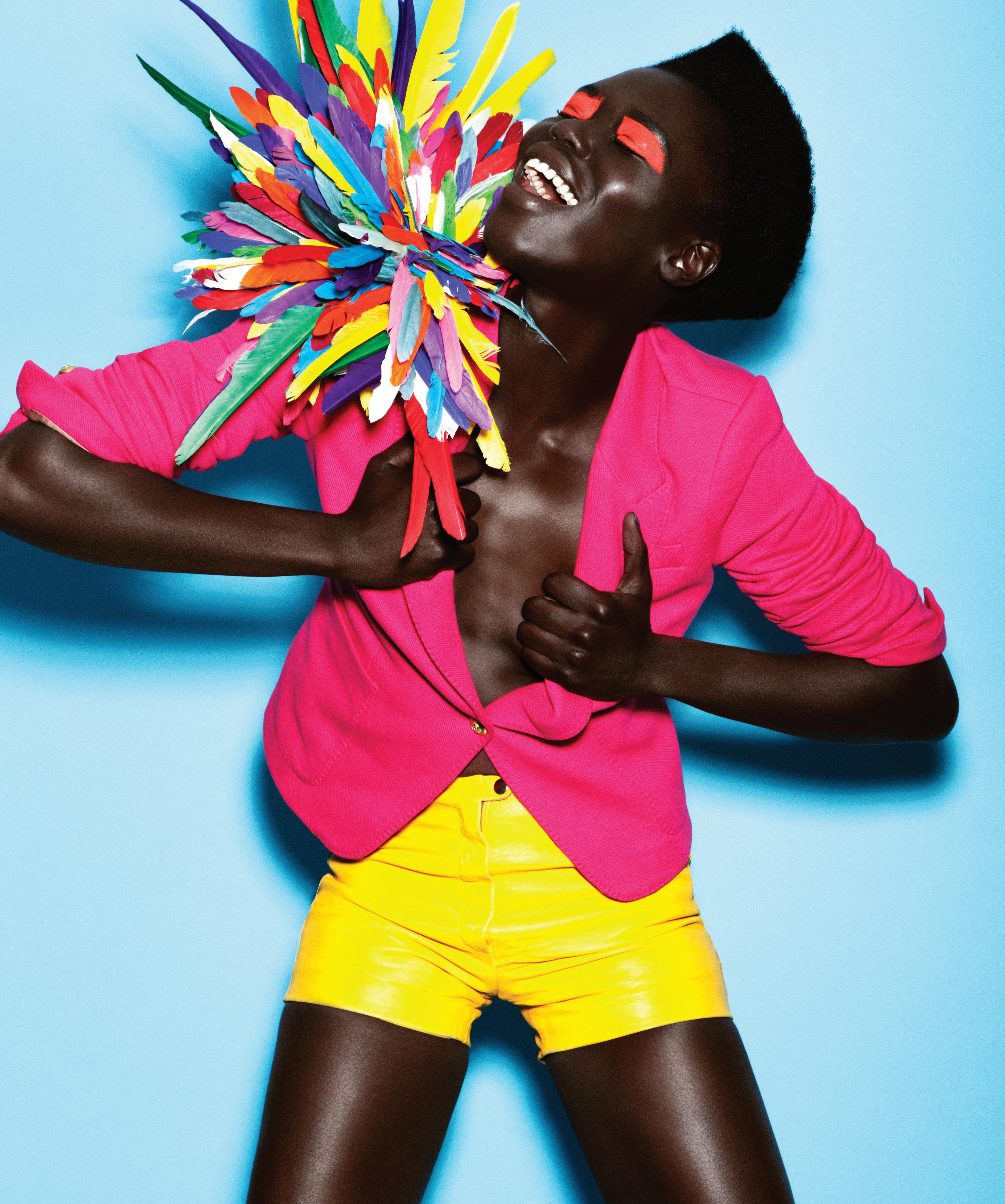


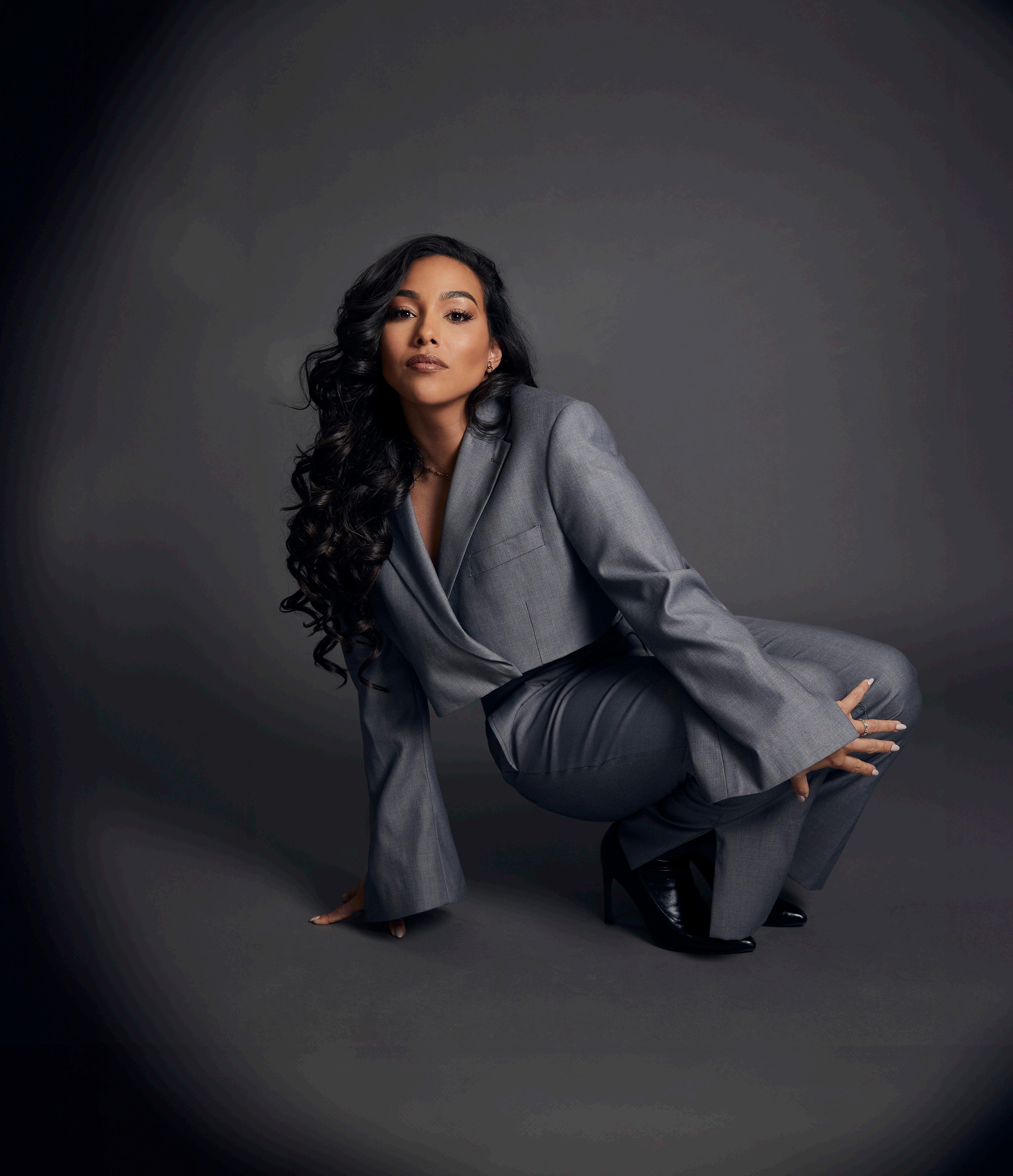

from hollywood siren...

I started talking to Danielle Larracuente when I was in the UK and I quickly had to apologize for the background noise. It was 11PM and I felt horrible about the buzzing she was hearing in the background. Nine times out of ten most people would be annoyed by the static but not Larracuente. “Sometimes you just gotta do what you got to do,” insisted Larracuente. “So just make it work.”
Make it work. For emerging actor Larracuente, 32, the chance to star opposite an idol, Jennifer Lopez, in This is Me… Now, she seems to be making it work while keeping the Westchester-raised Latino beauty grounded… for now. With roles on TV shows like Bosch Legacy, the new Quantum Leap and Magnum P.I., Larracuente gets a crack at the big screen as part of a star-studded cast (in addition to Lopez, think Jane Fonda, Trevor Noah, Post Malone, Sofia Vergara) that is sure to push Larracuente to a whole other level.
At a very young age, Larracuente started in beauty pageants. Her parents would give their daughter a camera or a mirror, and she'd be reciting things. Pageants led to commercials then a big break in 2001, landing the starring role of Young Nala in The Lion King on Broadway at age nine, a role that Larracuente credits with shaping her life. “[The role] taught me so many things on the stage and off,” insists Larracuente. “I always say as an actor, if you want to learn how to act, go do theater. That's where you learn your chops. All my success, I owe to that.”
After The Lion King, there was an SNL skit with Jimmy Fallon and commercials for the Women's National Basketball Association. When Larracuente turned 15, she moved to Los Angeles to further pursue acting, with a few small guest-starring roles to come her way. Larracuente then took a break from acting to be a mom and pursue a degree, earning a Cosmetology License and B.S in Psychology. “I became a cosmetologist and I worked in that field for a little bit and then after having my son in 2016, I just
"...
remember looking at him and saying, ‘How am I going to tell him to go after his dreams?’ And I'm allowing others to not let me go after mine. So I had to sit there and make a plan. Okay, I'm going to do this [pursue acting] because this is what makes me happy.”
“Both my mom and my stepfather are attorneys. They're both like, ‘Become an attorney, it'd be great money.’ And I worked in a law firm with them for a bit as well. And I'm like, Oh, I hate this. I needed to develop a plan, and how I was going to combat a lot of this stuff. And I tell a lot of my industry friends, actor friends, it's all about your community and I started step-by-step, getting people in my life that can help me with this goal. And now I'm so grateful I'm here in this moment, right? With the best people around me who support me, who love me, who have my back, who bring my name up in rooms that I'm not in. You know what I mean?”
Larracuente returned to the industry with a recurring role on Starz’ Vida; guest spots on NCIS, Home Economics, and Good Trouble. Larracuente then lands the role of Paulina Calderon on the Bosch spin off Bosch Legacy. Which brings us to Jennifer Lopez, a huge source of admiration and inspiration for Larracuente. Playing in a movie with her idol. Surreal.
“It was like a pinch me moment, I'm not here in this world. I couldn't believe that she was standing in the same room as me and like the first scene out, If you guys have watched the movie, and if you have not, you better watch it,” laughs Larracuente. The first time Larracuente took notice of Lopez was in her role as Selena Quintanilla, known professionally as Selena), in the 1997 film Selena , the Mexican-American singer who was shot and killed at the age of 23 by a family friend. Larracuente was enthralled by Lopez, and she was able to relate to her on many levels. “She came from New York, she's Puerto Rican, she's curvier, like it was everything.
“I think everybody who wants to have a career in acting should watch 'ThisIsUs'... "
I remember the first day I was on set, my scene was only with her. I was so nervous… But I can't say enough about her. She's beyond lovely.”
Acting seems to run in the family. Larracuente’s son, Benson, 7, has a role on the Sofia Vergara Netflix series Griselda “Anytime I was auditioning he's like jumping in front of the camera and action and tada!” laughs Larracuente. “In my eyes this is like him trying out for soccer or him trying out for basketball and I want him to try it out… the minute he says he’s out, he’s out. He has so much fun.”
I’m currently watching This Is Us again, into the final episodes, such an epic show that Larracuente happened to be a part of. Benson was born in 2016 and by 2019 she was taking classes, starting from scratch, and wrote on a piece of paper: I want to be on This Is Us
“I think everybody who wants to [have a career] in acting should watch This Is Us before you even think about acting, because you'll learn everything you need to know. And being in that room, I learned so much from them [the cast], their professionalism, their vulnerability. For the actors to be at that caliber and be so nice and welcoming and genuine and want to get to know me and ask me questions, it was everything.”
I remember watching an episode of Morning Joe on MSNBC and Mika Brzezinski said one of the things that women don't do enough of is believing in themselves; they don't believe they can do it. So they're not convinced that they can do it. They project that maybe I'm just not good enough and won't actually get it whatever it is, in business, in life, even in love. But when I hear Larracuente's story, it just blows my mind to know that as a young, ambitious Latina ambitious actor, she’s actually, well, doing it.
“It's a daily thing for me, a daily reminder of myself, the fear does not go away. I do think scared every single day. I'm always scared. There's always moments of doubt. And I just constantly keep moving forward. So it's just about having courage.”
For Larracuente, sky’s the limit for what’s next. “I don't want to be put in any box,” insists Larracuenete. “I want to do as many versatile, different, scary roles that I can do. I always want to keep expanding and opening that door and challenging myself. I want to be in a period piece, I want to be in an action movie, I want anything that I can get my hands on, I'm open to learning, taking on the role.
“As long as you have that desire in your heart, and do everything in your power to
just keep opening that door and planting seeds. And they don't bloom right away. I have planted a lot of seeds, I'm always planting seeds.
And sometimes I'm staring too hard waiting for them to blossom. If it's in your heart, and go for what makes you happy… My dad always says something to me.
And it's so funny when I have my down days. He says acting is like the DMV, you take a number, you get in line. But if you get out of line, they're not going to call your name. When I have my moments, if I didn't get that part and really wanted that part.
My dad says, ‘Don't get out of that line.’”
"... I always want to keep expanding and opening that door and challenging myself... "


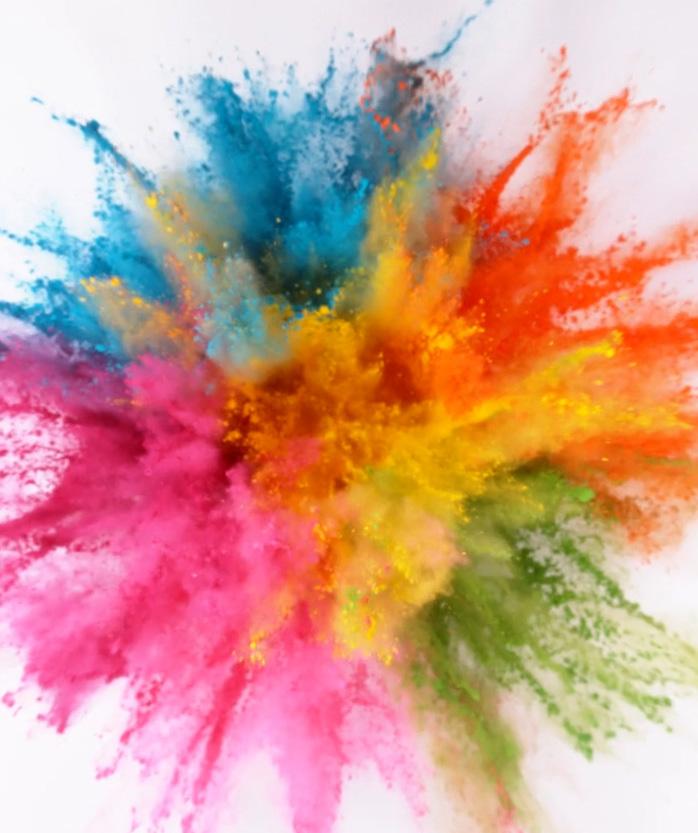


Gena Pemberton
Chief Diversity, Equity, and Inclusion Officer, Omnicon PR Group
Hanne Bak Senior VP, Regeneron Pharmaceuticals, Inc
Lisa Coleman Senior Vice President for Global Inclusion and Strategic Innovation, NYU
Marilee Fiebig Chief Diversity Officer, Save the Children US
Wendy John Head of Global Diversity & Inclusion, Fidelity Investments
Julia Satov
Global Director of Diversity & Inclusion, Litera
Perika Sampson Founder and Sampson
Monika Wilson Shealey Dean of the College of Education Human Development, Temple University


Sampson and Principal Consultant, Dearborn Consulting
Channing Martin
Supriya Jha
Chief Diversity and Inclusion Officer, SAP
SVP, Chief Diversity & Social Impact Officer, IPG
Education and University
Lynette Barksdale
Global Head Inclusion & Diversity, Visa
Melonie Parker Chief Diversity Officer, Google
Rosa Nunez
Chief Diversity, Equity, and Inclusion Officer, Foley Hoag
Emily Graham Chief Equity & Impact Officer, Omnicom
Aisha Wilson-Carter
Associate Director of Equity and Inclusion, Hofstra University Bridgette Newsome HR Director, DKW Communications


SVP, Chief Diversity & Social Impact Officer, IPG
“... a Moves Mentor is someone ... who believes in equal access, opportunity and impact for women across all industries and sectors... ”

SVP, Global Inclusion & Strategic Innovation, NYU
“... any time you’re learning, that is an opportunity to grow, and I think that’s for both the mentee and the mentor… ”

Julia Satov
“…But equality cannot be achieved until equity is addressed…”
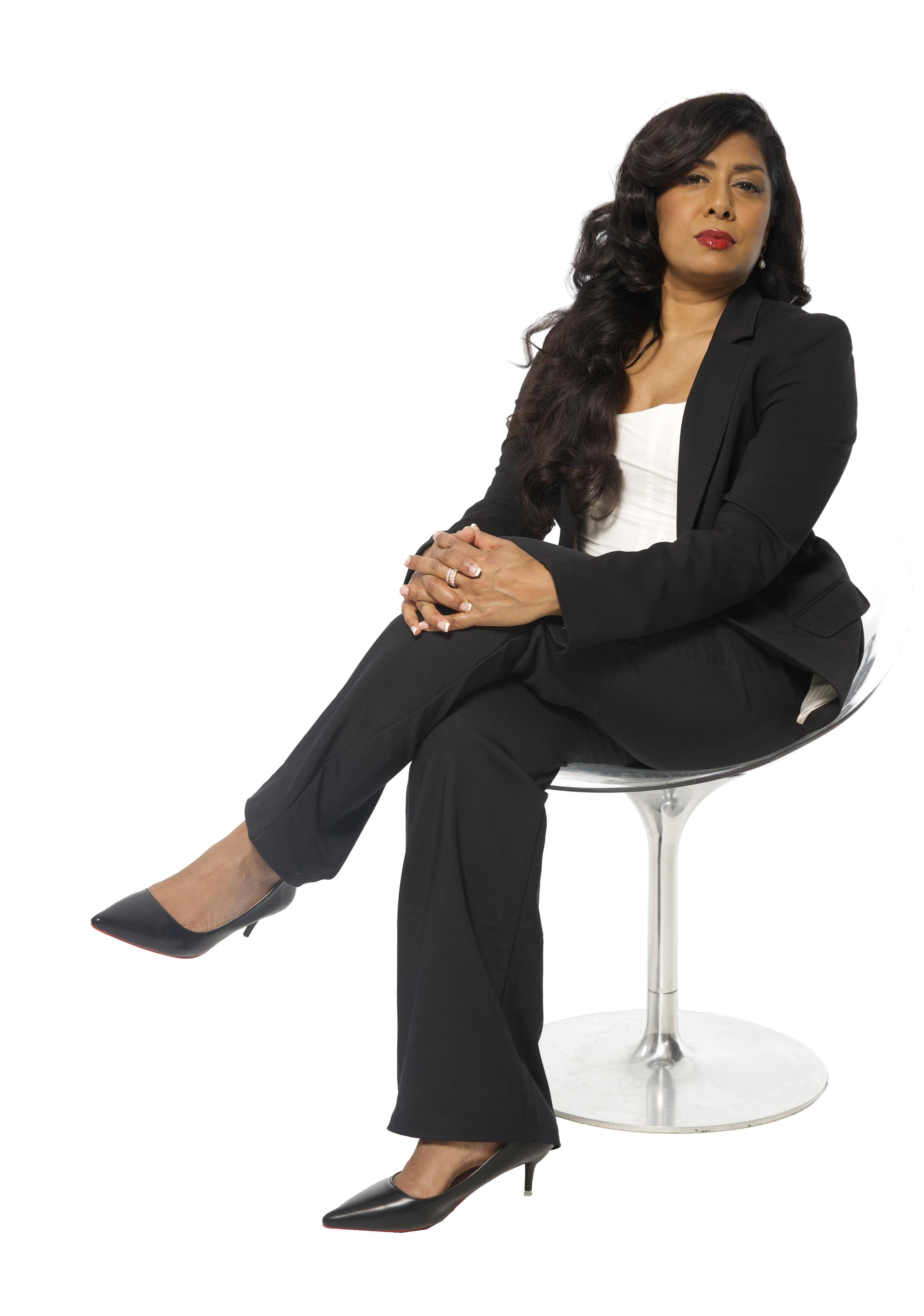
Chief Diversity and Inclusion Officer, SAP
“... mentorship is a two-way process, the benefits are mutual…”

Bridgette Newsome
HR Director, DKW Communications
“... mentoring offers a platform to enrich your life in many ways… ”
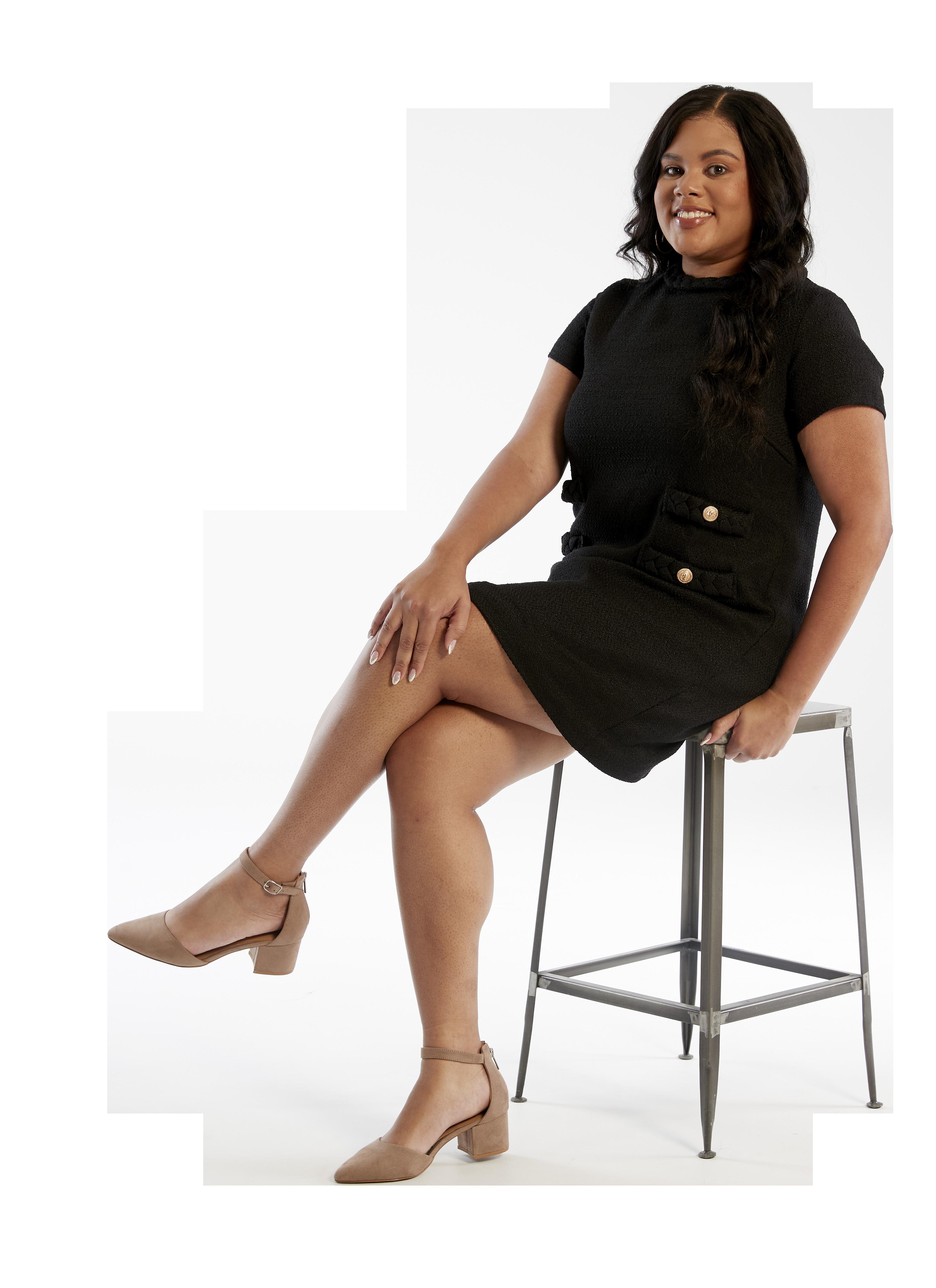
Lynette Barksdale
“... gender equality is a goal that requires overcoming the long history of patriarchy and sexism that has influenced the social norms, institutions, and power structures of many societies… ”
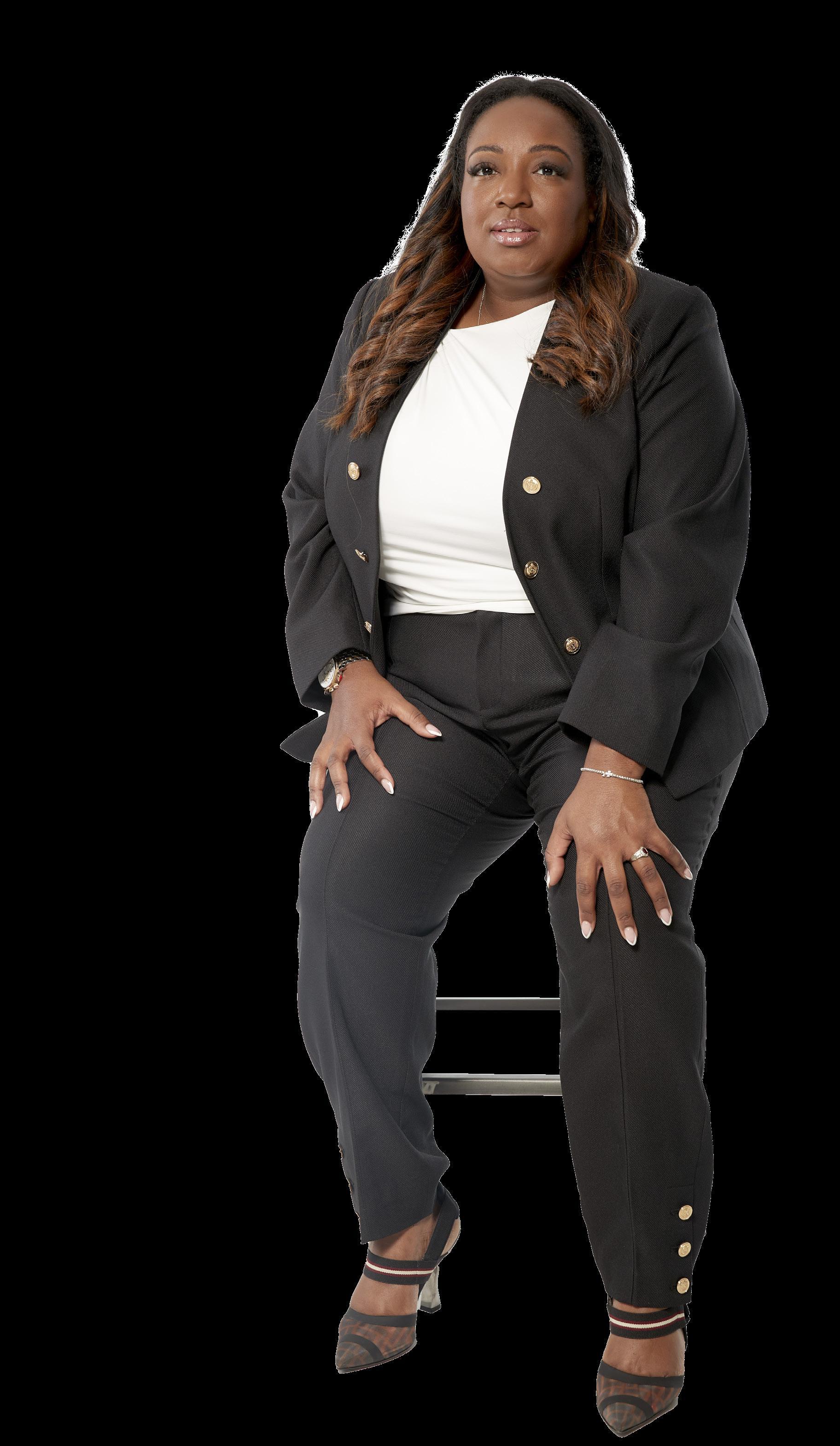
Hanne Bak Senior VP, Regeneron Pharmaceuticals, Inc
“... I think it’s a matter of true equality whe there is room for everyone to bring their whole selves to work and succeed… ”
photography by James Weber
stylist Alison Hernon
groomers Marsha Zaka, Kelly Cody
BTS & videography Cris Pena & Pablo
location Hudson Yards Loft Studios, New York City


Marilee Fiebig
Chief Diversity Officer, Save the Children US
“... the undermining of women in leadership is a systemic and pervasive issue, irrespective of the gender of those who engage in it… ”
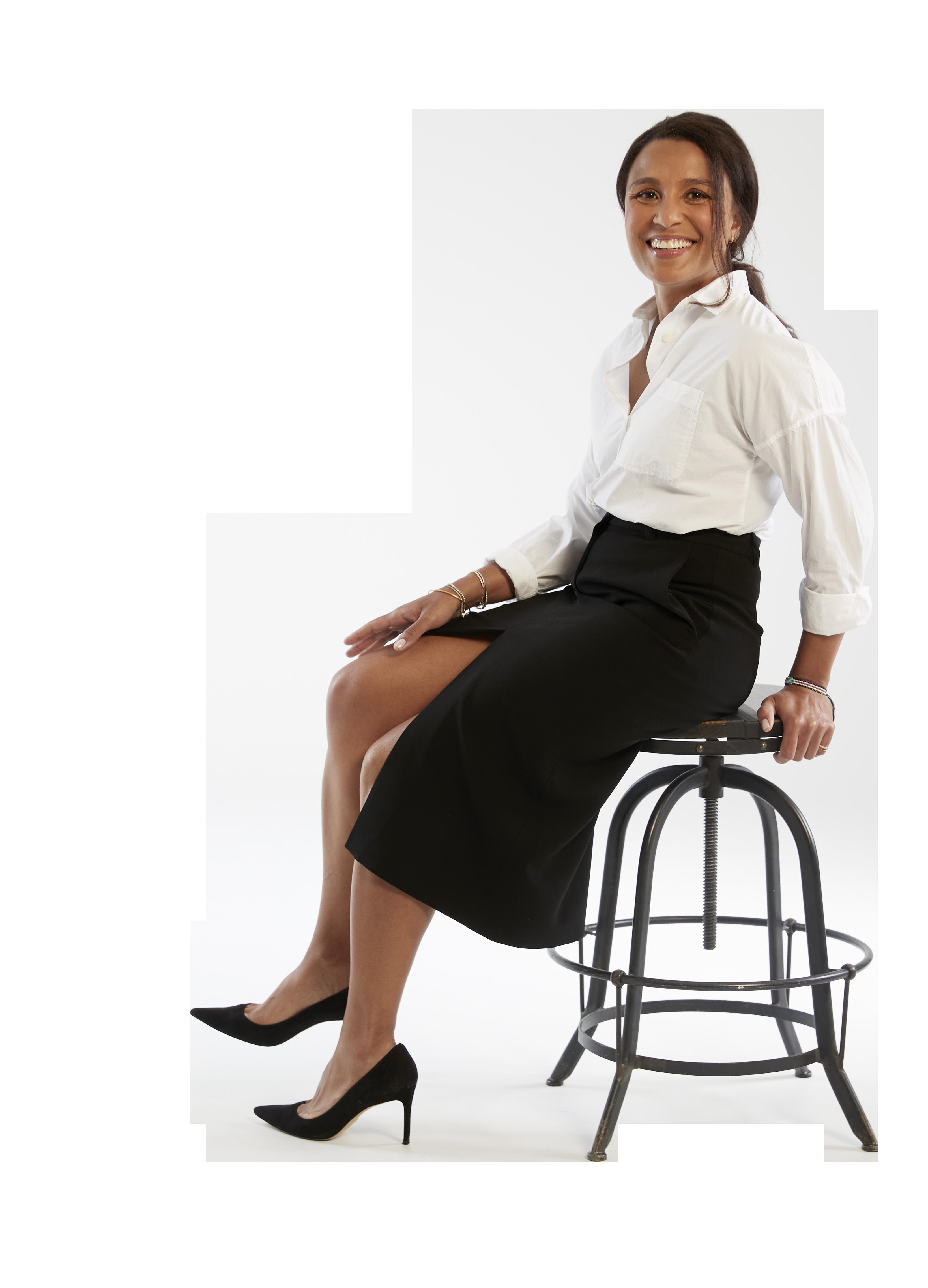

By moonah ellison photography: Nathan Heywood
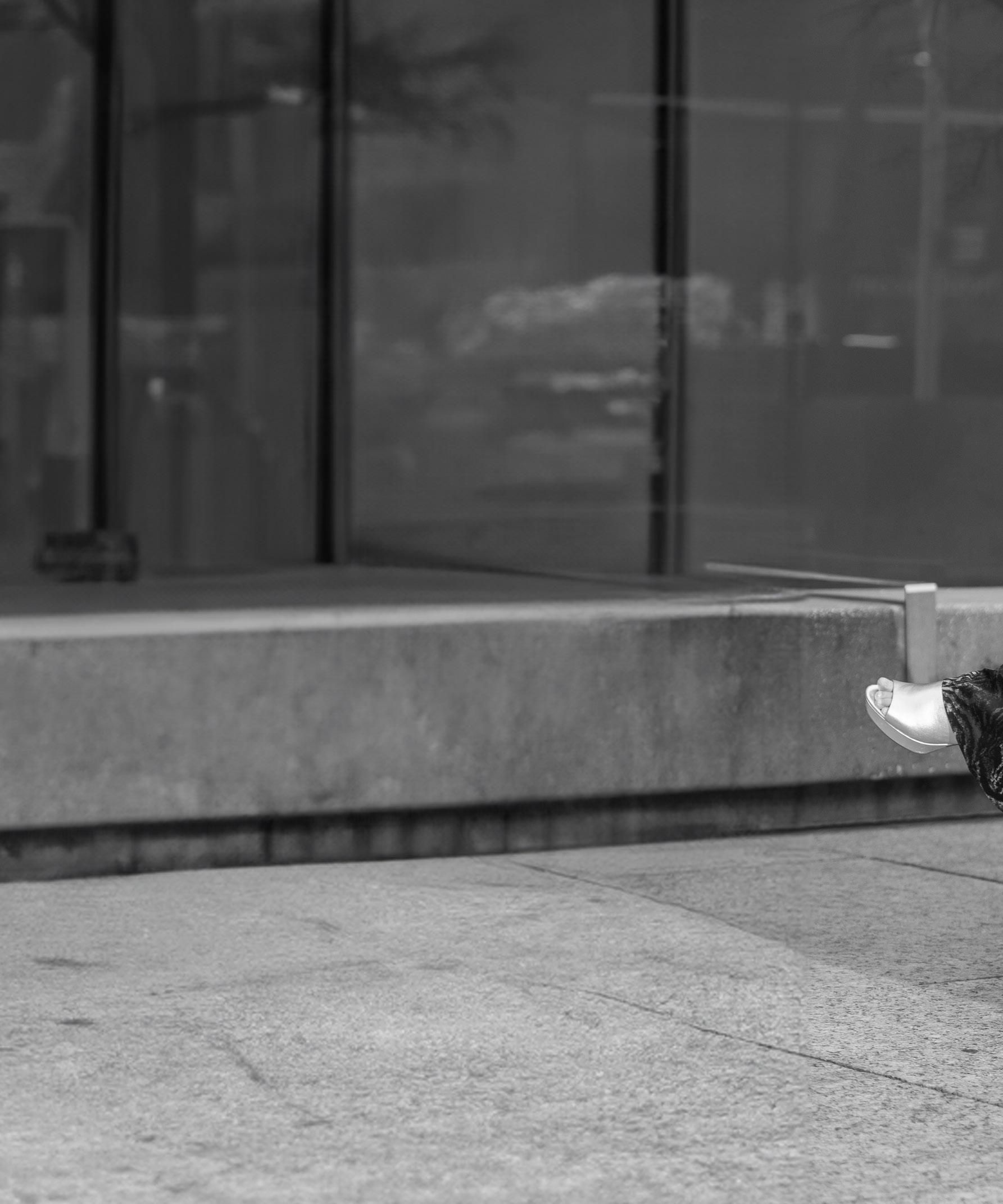

I had the chance to chat with comedian Karen Morgan after our 20th Anniversary Power Women gala, where she entertained the audience as our evening’s entertainment. With 20 years of comedy under her belt, this ex-trial lawyer has the pulse of Gen X right at her fingertips, and her comedy routines are anything but unfamiliar.
Moonah Ellison: I’d love to start the interview. First of all, your shoot [photoshoot] looked great by the way.
Karen Morgan: Oh good! He [photographer Nathan Heyward] was so kind, he was so sweet. You know, It’s not my element, I’m not a model-y, fashion-y person, so I felt a little silly but he was really nice to make me feel comfortable so that was helpful.
ME: I’ve learned that you come from being a trial lawyer. I mean, I've got a million questions already…
KM: What I like to share with people is that, first, I didn’t start doing stand up until I was 40. I had been a trial attorney before that. But there was a little step in the middle of having three kids. I practiced law for many years, criminal defense and medical malpractice work, all trial work. I had my first son and went back to the law, had my daughter and went ‘I don't know if I really’... I didn’t feel fully vested. Trial work is so 24 hoursa-day kind of thing. To be a litigator you really have to be just there all the time, and I felt like at that point my family really became more important. So in my head, my third child, that was like ‘nope this is it I’m going to stay home for a little bit’ and so I was home with all three of them.
ME: So tell me how you got into comedy?
KM: I was home with these babies so I had literally at that point, as a woman with a brain, needed some stimulation that wasn't just being a mom. A friend of mine was teaching a stand up comedy workshop at our local comedy club and it just so happened that Nick at Night was having the search for the Funniest Mom in America right when I did my graduation [from the workshop] show for him. I never intended to do this full
time, it was just more of a fun, get out of the house and have adult company kind of thing. But I became a finalist, I went to New York three different times before the finals.
According to Morgan, over one thousand tapes were selected in the first round then they narrowed it to 21, then 14, and then she was in the top 7 and in and around New York for a week doing various comedy clubs. She didn't win, but was a finalist, and when that was over, Morgan took two of the women that were on the show with her on tour, a sort of Blue Collar Comedy tour (Jeff Foxworthy and Larry the Cable Guy) but for moms. That tour lasted five years.
KM: I started to miss being home, but the irony was that 2020 was the year all my kids would be in college at the same time and I would be able to go out on the road. I had a full travel schedule, full tour schedule, and then on March 12th it all shut down. So I’ve been kind of regrouping ever since then, and so now, I’m kind of back out there, you know, as we all are, kind of back out there, out of the Covid hole, kind of there.
ME: So, come on, we’ve gotta kind of break this down a little bit. Because you've given me this synopsis: here’s where my life was, here’s what I did, here’s where I am. How do you go from being a lawyer with other peoples’ lives in your hands, a judge, a jury, the plaintiff, the defendant… you're almost doing this for real, but in a different style. (laughing)
KM: No one’s going to jail if I mess up a joke. No one’s going to lose a big pile of money if I mess up a joke. But there are similarities, I have done comedy longer than I've practiced law and writing is the challenge in comedy for me. When you sit down to write a set or write a bit or craft a paragraph, I'm more of a storyteller than a joke writer. And then being a trial lawyer, you're sort of performing your writing in a way, to a judge and jury. But there's just really no way to be funny, maybe in some cases you can be funny, somebody asked me this not too long ago: “Did you ever try to make the jury laugh?” No, you don't want that to happen. (laughs)


"... I'm more of a storyteller than a joke writer... then being a trial lawyer, you're sort of performing in a way, to a judge and jury... "
ME: How long were you at home before you decided I’m going to do this five year tour?
KM: I think it was spring of 2004, I can't really remember. Mack was 2, so 2004. And the workshop ended and then my teacher sent my tape in to Nick at Night. And it was immediate- that kind of jump started me into the comedy world very, very quickly and I didn't have time to sit around and think about it. It just seemed kind of fun to try.
But when it comes to Morgan’s comedy set, her kids don’t get burned. In fact, they’re pros just like their mom.
KM: They've known obviously since they were young what I do. Not until they were older did they come to the shows or anything because in my early days of comedy, a lot was about parenting. I’ve never said anything private or really mean about my kids without letting them know first. I've had discussions with them, and they've all been great about it, and they get it, they understand. And so I tend to make fun of my husband, it’s truth-based, but it’s not actually everything that goes on, if that makes sense. I don't do a lot of crowd work, I don't make fun of people. Most of my comedy comes from laughing at myself or laughing at situational things and it’s not mean spirited.
ME: Who do you look to as a leader in the comedy space or a mentor?
KM: I actually don't watch a lot of comedy. I write all my own material and I don't even subconsciously want somebody else’s material coming in. So I don't watch a lot of it, but I follow certain comics online or on social media and I tend to follow and respect comics that work clean. I’m a big fan of Brian Regan and my friend Greg Warren is amazing. My friend Vic Henley, who sadly passed away during Covid and lived in NY. He was a big mentor to me. He was at Auburn when I was at Georgia, so we grew up loving college football, he was like a brother. Now I'm following some people on social media. There’s this girl from the UK, her name is Sarah Millican and I think she's hilarious. I’m a big fan.
For Morgan, almost 60 (“in a year or so”), anything’s possible. She now lives in Maine, a little far removed, a little up in the woods. There’s no manager, no agent, she does everything herself. Practicing law gives her the ability to read a contract. She recently finished recording an audio album and that’s gonna go to Sirius XM and hopefully they'll play it; in October she’s off to the UK to see Squeeze in concert and while over there
“I'm gonna start reaching out to people, like comedy booking agents in the UK, to see if maybe I can get some shows over there. Because people keep saying ‘You should go to the UK, they would love your stuff’ so those are the things I'm not afraid of trying. Hey, I'm gonna be there, I might as well try and see what I can find.”
Morgan also dreams of performing at the Edinburgh festival in August but in Maine, the month of August is sacrosanct to the locals. “It's such a hard weather year, we all wait for August. And most of my competitive swims that are in the ocean are in August here and I can only do my competitive ocean swimming in Maine in August.”
A book is in Morgan’s mind, but not sure of the theme. The pandemic had created paths Morgan wasn’t expecting. “I did a podcast only during the pandemic, this is how I met my friend in Birmingham, England. It’s called the Purple Bike podcast and it was all about going through the pop culture of when we grew up from 1975 to 2015. And I would go through each year, 1975, 1976, and I would go through what we were doing, what we were watching on TV. And that podcast eventually became part of the standup act in that Generations bit that I do when I’m talking about growing up in the 70s. So the podcast turned into that and I feel like there’s a book there. And I don't know quite what it is yet. I feel like its forming like an amoeba, over my head, but I feel like our age group people are so nostalgic for how we grew up, and how proud we are to have grown up when we did, and yes it's different now, but I just feel like there’s a certain, there may be something there that I could turn that particular part, that nostalgic and funny part of my life, into a book.”

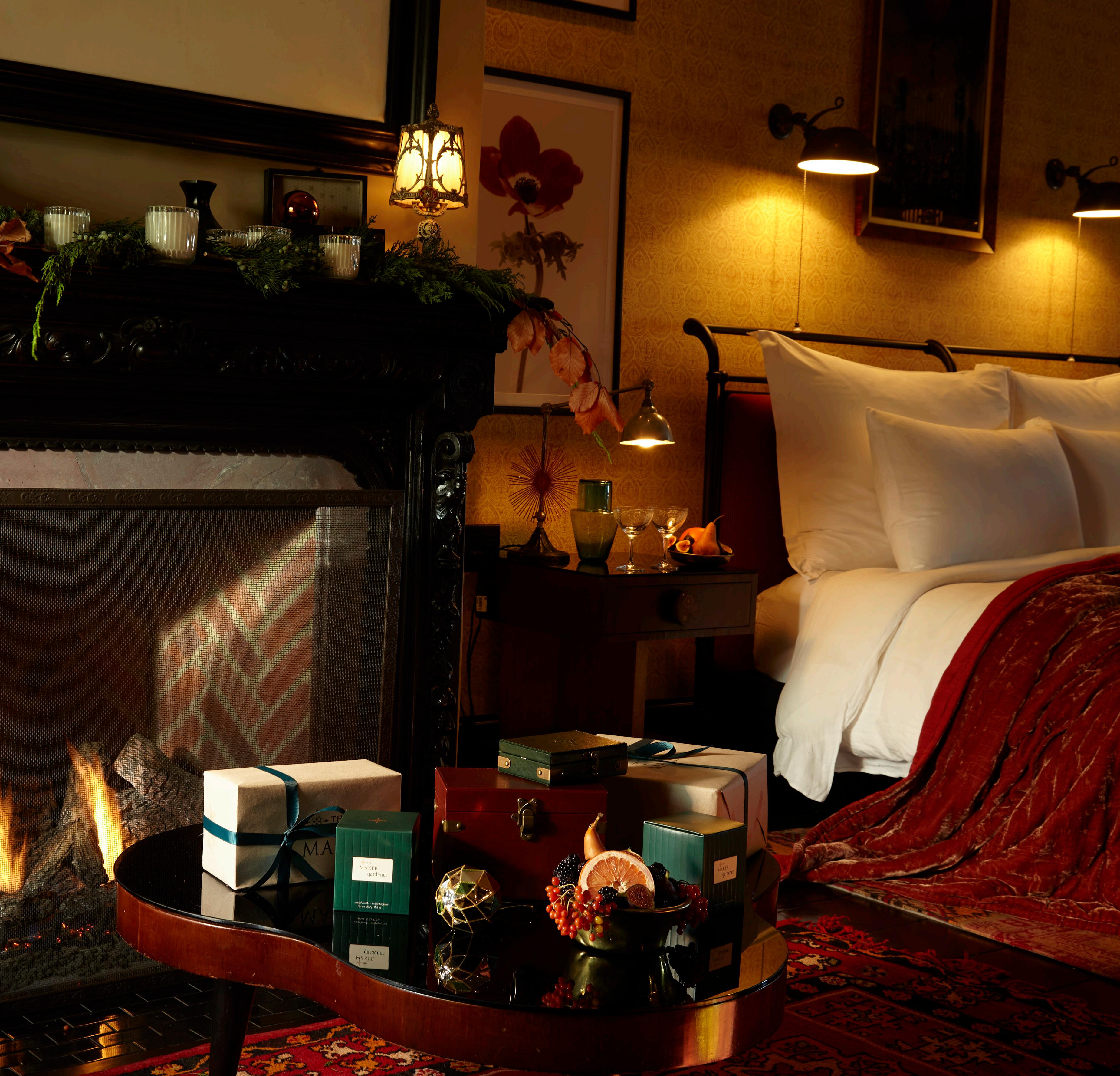



The 2023 Moves Power Women Awards Gala & Dinner took place at the very swanky Mandarin Oriental New York on Columbus Circle.
Hosted by Huma Abedin 25 Successful women from all sectors of society were celebrated for their individual achievements and contribution to a fairer and more equitable society.







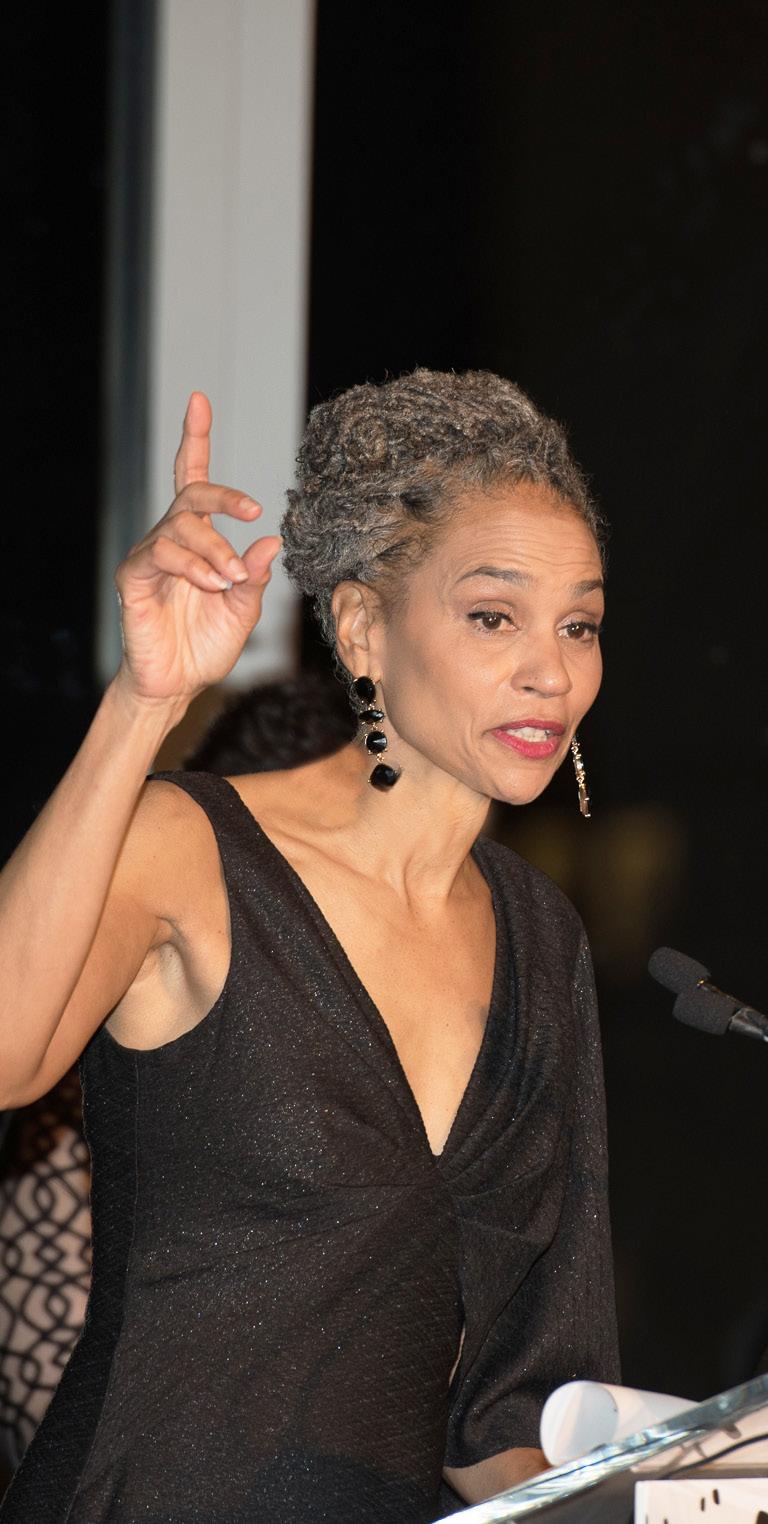
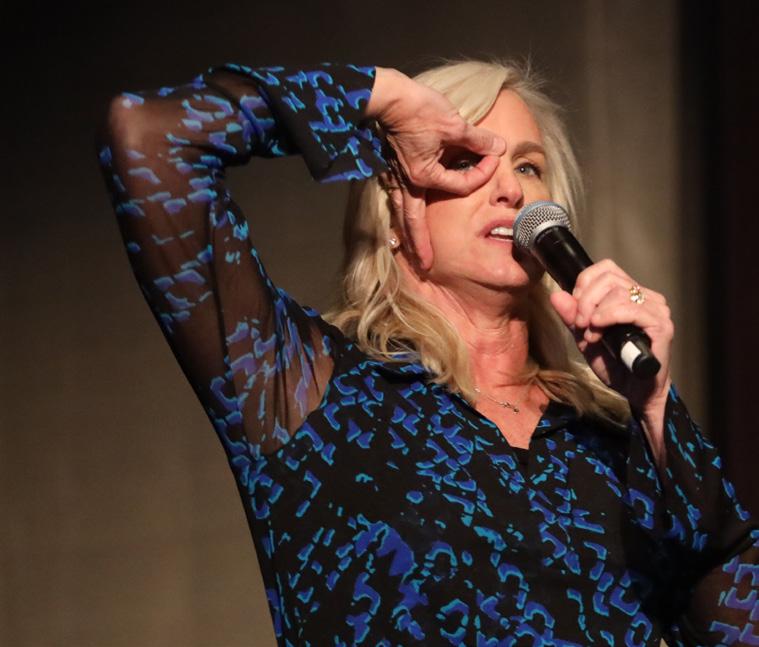
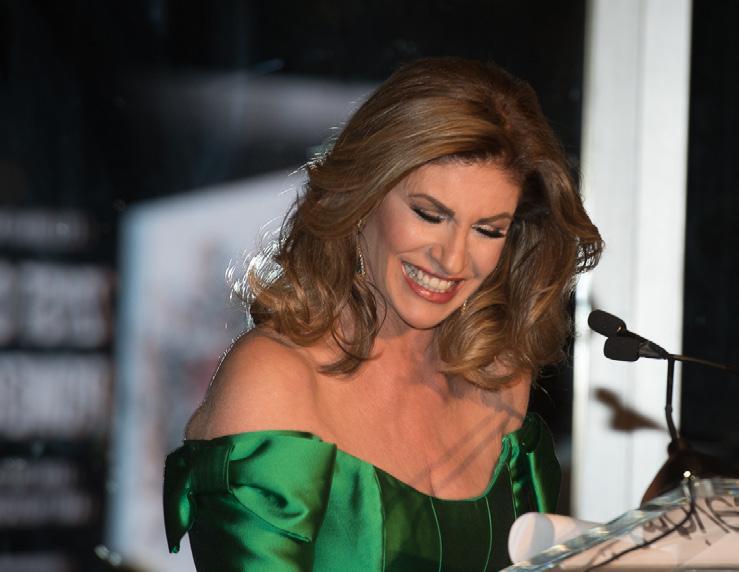





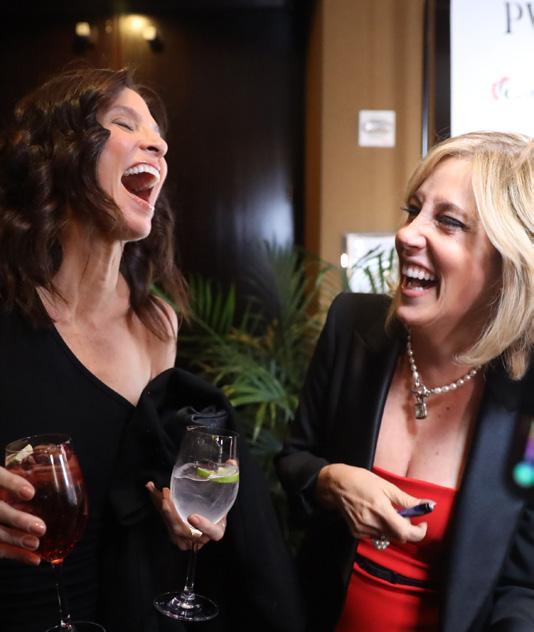

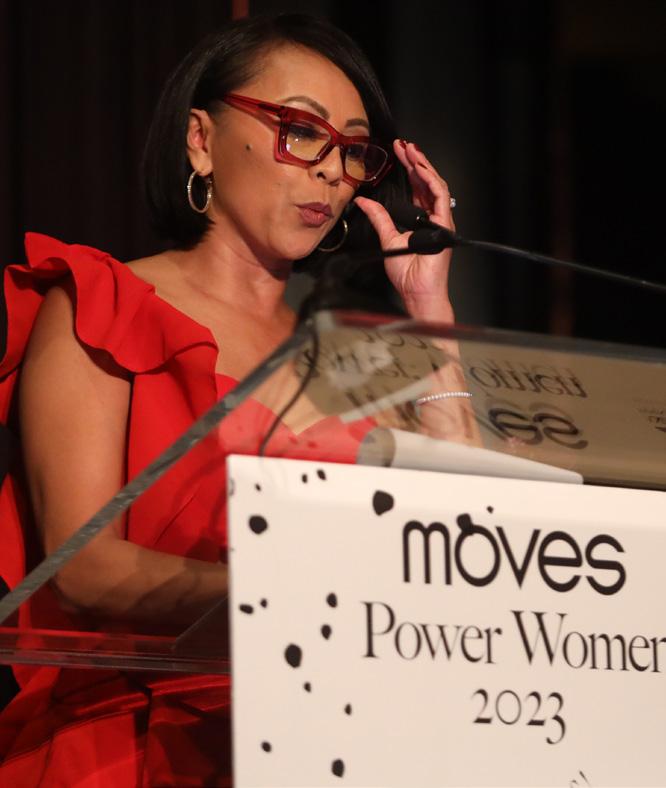

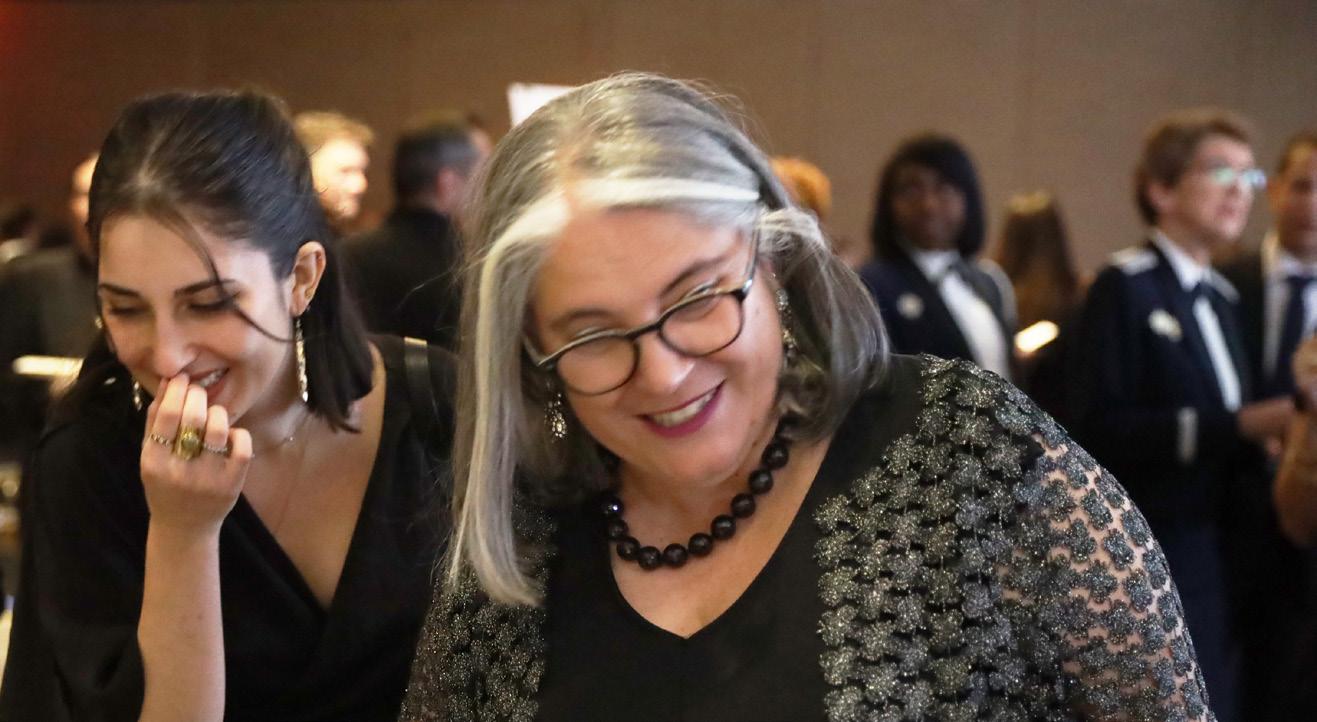









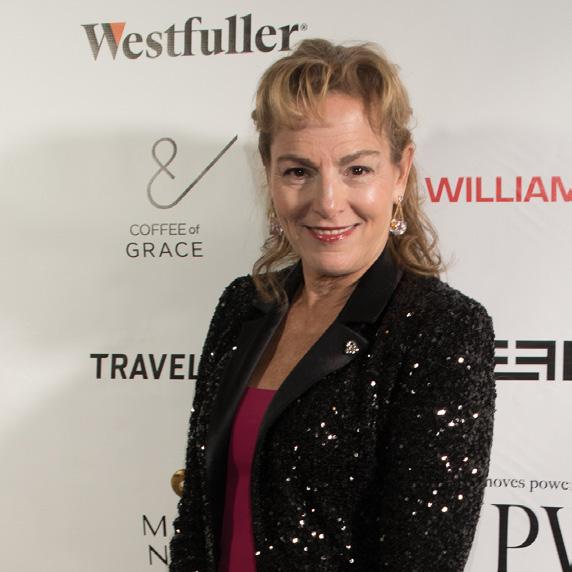
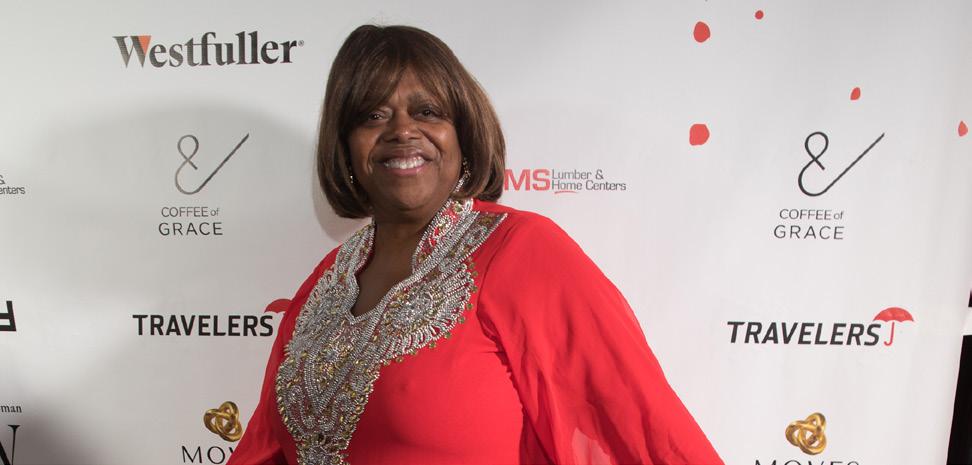
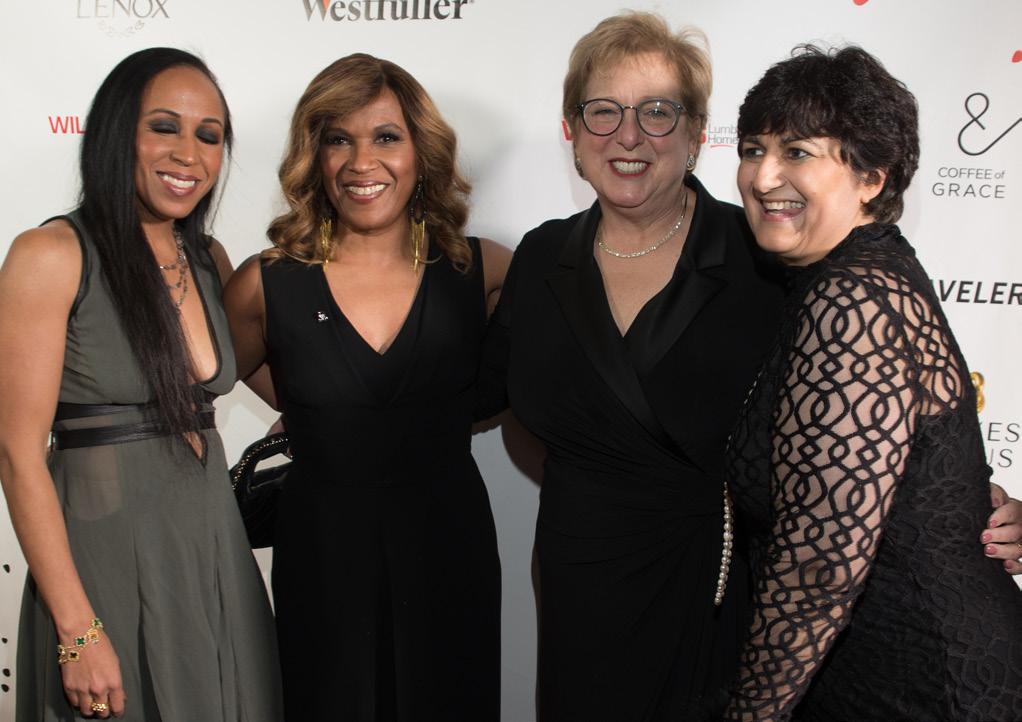

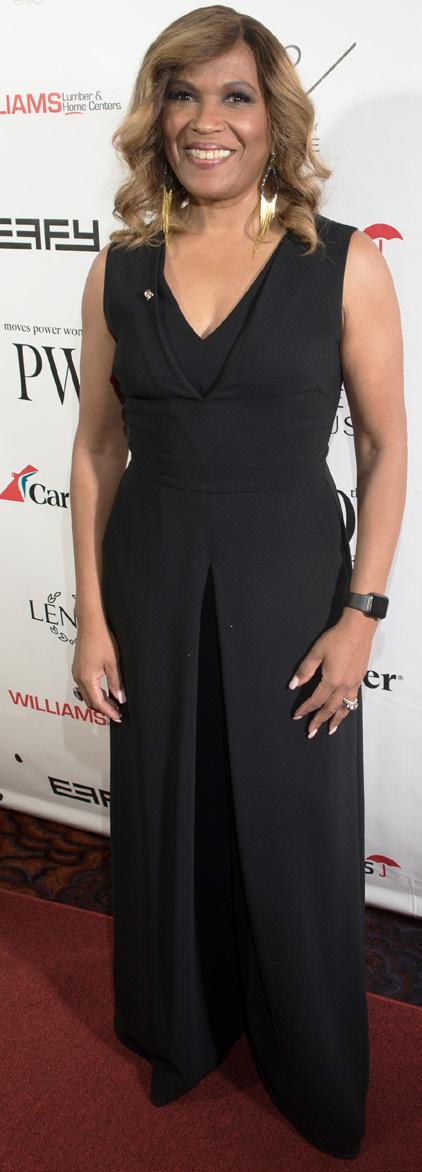


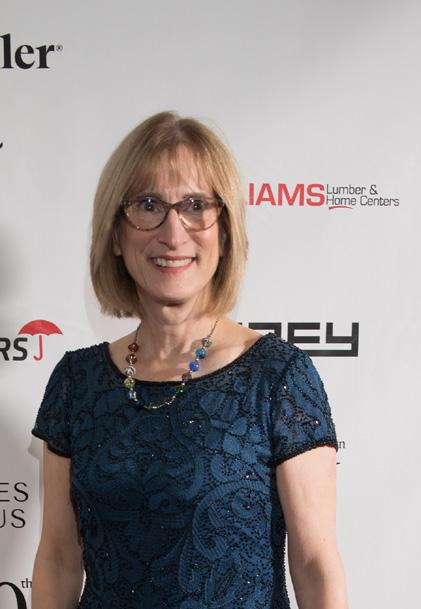
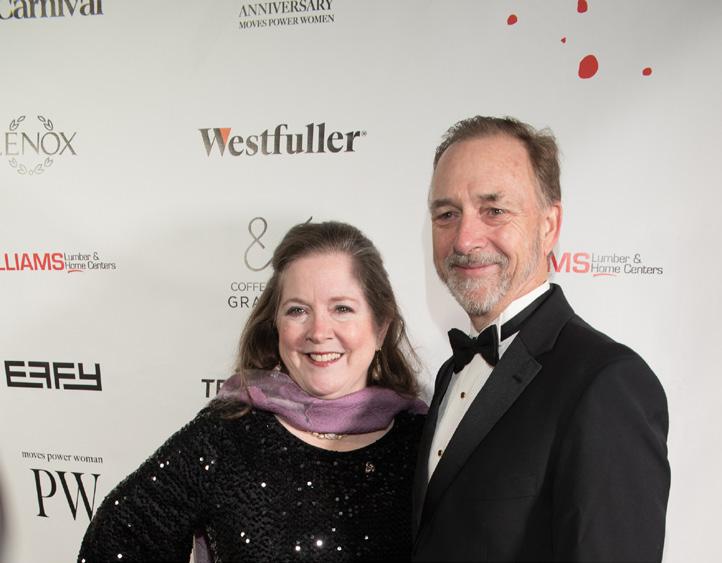




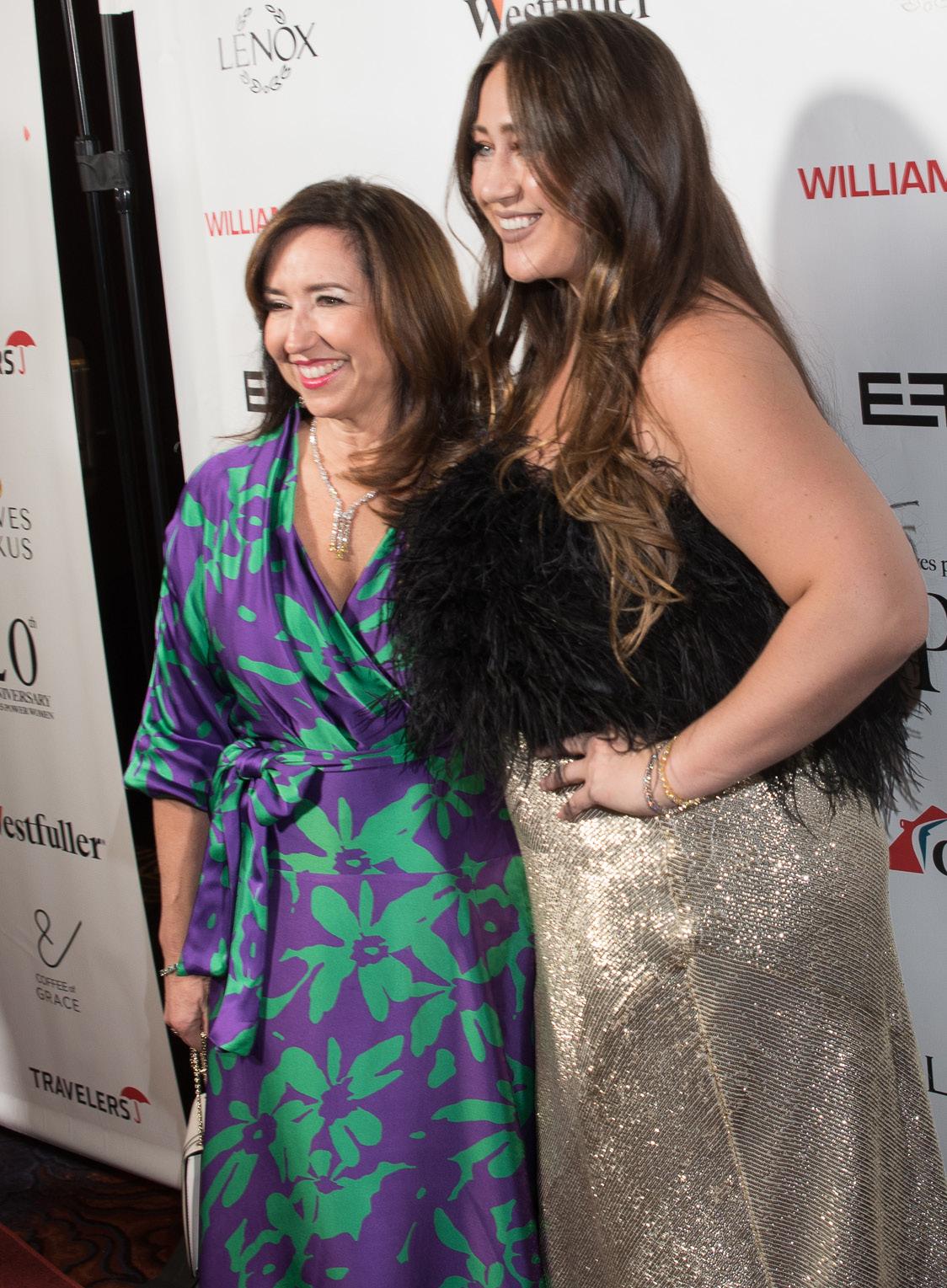

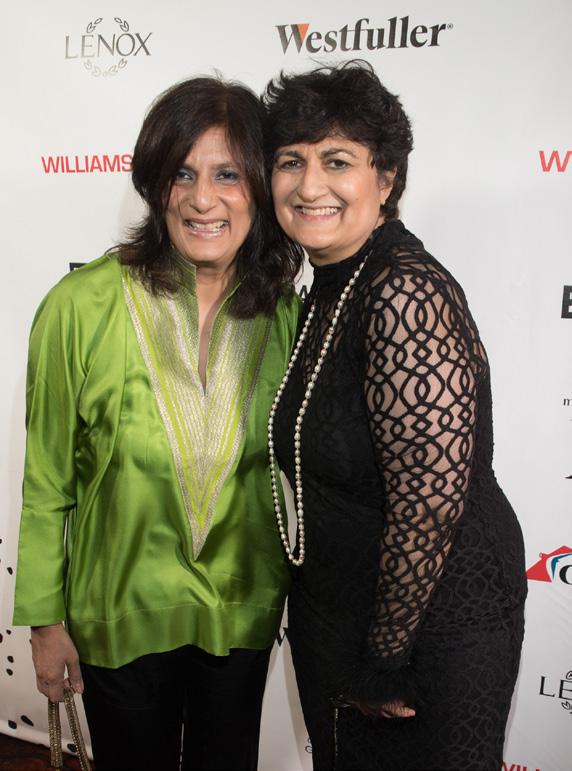




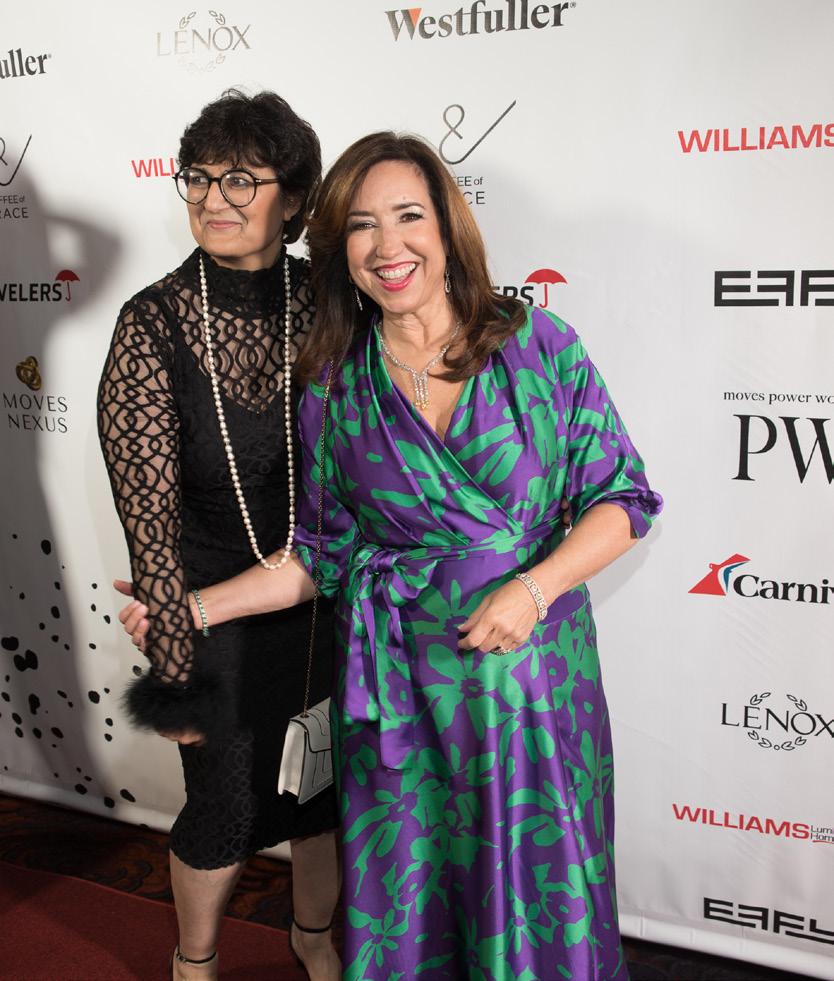
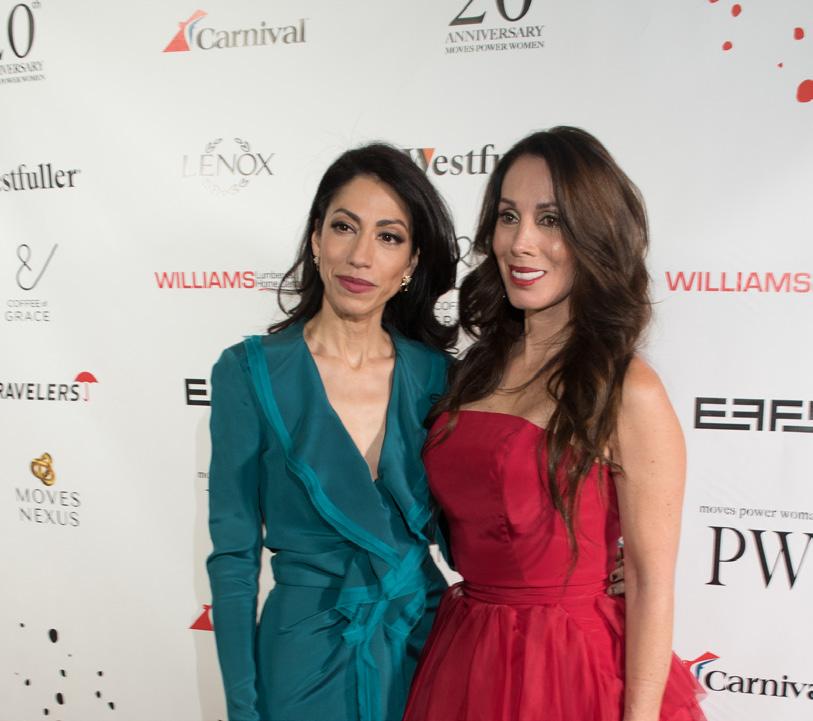






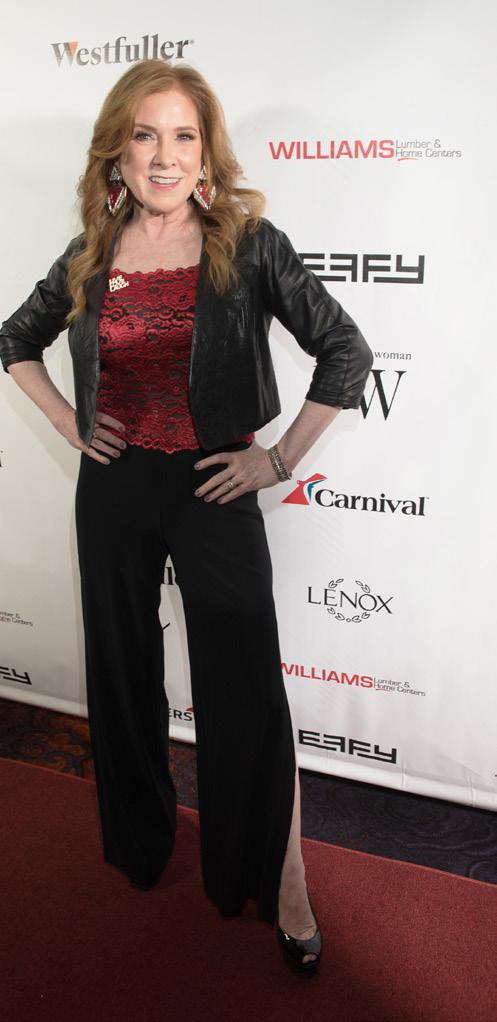



THE REAL DEAL... MAKE NO MISTAKE !

award-winning ACTOR, insightful WRITER & creator, standup COMEDIAN, & producer ... doer of good deeds. really, an all round good Guy ! by Moonah
Ellison
I finally caught Aasif Mandvi on a zoom call. He’s in Manhattan somewhere in an office building. The man is hard to pin down these days. He’d been on a press junket all day to promote the fourth and final season of Evil on Paramount+ that will premiere in a few days from now.
With a career that spans over 35 years for the Peabody award-winning actor, writer, creator, comedian, author and producer Mandvi — whose resume includes The Daily Show with Jon Stewart; M. Night Shyamalan’s The Last Airbender, Million Dollar Arm opposite Jon Hamm; Mother’s Day with Kate Hudson, Jennifer Aniston, and Julia Roberts; The Internship with Owen Wilson and Vince Vaughn; and The Dictator with Sacha Baron Cohen among others — he seems to just be getting started.
I ask Mandvi what and why. How did he end up in acting? What was the motivation? Can he even remember? A boy from the West Yorkshire city of Bradford in England then Tampa, Florida in the States at 16. How did it all begin for Mandvi? “I don't even know what the motivation was. I've always thought entering into this business or becoming a performer or becoming an artist of any kind really, is more of a calling. There were no brown people on television, or anything that I watched outside of Bollywood, and Omar Sharif,” insists Mandvi. “And so it was certainly an unexpected, sort of unconventional thing to do. But I watched this movie called Bugsy Malone when I was a kid, and I saw all these young actors, one of them being Scott Baio and another Jodie Foster. I just thought, oh, that's what I want to do. That seems like the greatest thing to do with your life. So I decided that I wanted to be an actor.”
At that time in the late 70s there was no internet, or anything for that matter. So Mandvi went down to the local library in Bradford and got the names of all of the children's theatre groups in places like Huddersfield and Sheffield and literally hand wrote letters to all of them. Amazing, saying I want to be part of you. And the one company that got back to him was the Brighouse Children's Theatre in Brighouse in the north of England. You can come down on Wednesday nights and we have classes for children your age. He performed, pantomimed, even wrote a short play at 11. His Indian parents were horrified that this was what their son was getting into, but at the same time his mother was very supportive. Mandvi credits his mother with driving him to take theater classes when they moved to Florida when he was 16. High school turned into a scholarship to the University of South Florida to study theater and then a move to Orlando to Disney World and eventually a move to New York City.
He had already been working for a long time in theater and doing parts on television and had been on Broadway at that time. He’d even done the Merchant Ivory film, The Mystic Masseur, by then. When he got to New York, Mandvi began to hook roots in New York theater, eventually developing his critically acclaimed one-man show Sakina’s Restaurant which made its premiere in 2018 at the American Place Theater and earned him an Obie Award. Mandvi revived this production at the Minetta Lane Theatre and received the 2019 United Solo Special Award, which honors outstanding solo performers. Mandvi also received a Lucille Lortel Award nomination for the role of Amir Kapoor in Ayad Aktahr’s Pulitzer Prize-winning play, Disgraced at Lincoln Center.
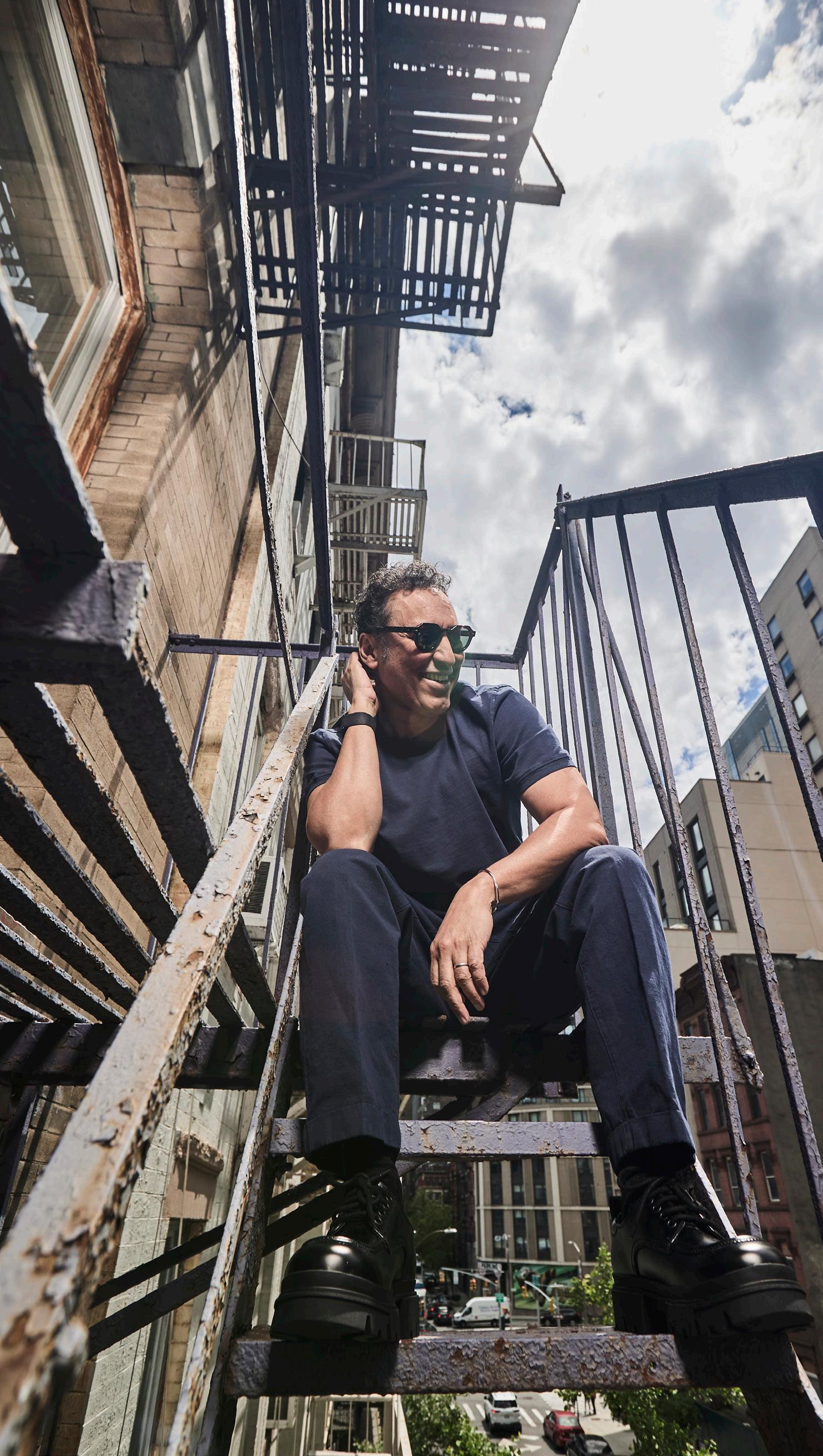
"... I mean when I got to New York, I felt like my insides matched my outsides New York feels like it has the energy and the rhythm of my insides. ... '
But Mandvi’s most memorable break was with Jon Stewart on The Daily Show. Mandvi never considered doing The Daily Show, it wasn't something he ever thought he would do because he didn't come from standup. It was ultimately one of the biggest moves in his career.
“I suddenly entered into a world that made me go from an actor who people sort of recognized from a project or something to actually being someone, an actor where people knew my name,” said Mandvi. “It changed the entire trajectory of my career. But I didn't actually want to even do it. I just found out that my ex-girlfriend had gotten engaged so I was very depressed. And I was writing a letter to her. I was having this moment of self reflection on my life, what I had done and what I had achieved and how I couldn't maintain relationships and all this stuff. And then suddenly, I got this call, like, they want you to come and audition for The Daily Show. And I was like, yeah, not today, I think maybe tomorrow. And they were like, well, if you don't go today, it's done. I literally just threw on a suit and tie and went down to The Daily Show studios and there was Jon Stewart and I auditioned for him. And with him. Jon hired me right on the spot, he just said, ‘You're going to be on the show, and you're gonna be on the show tonight. And so, it was one of those days, August 9, 2006, where my life changed in an instant. Occasionally I’ll have these moments where I woke up that morning, and I was one person, and I went to bed that night, and I was a Daily Show correspondent.”
Which takes us to the present day: Evil. The drama series follows three individuals hired by the Catholic Church to investigate supernatural events. Mandvi plays the group's technical expert and equipment handler. Mandvi promises Season Four will be “gangbusters. It has got more bumps and twists and turns and things and monsters and comedy. I think Ben goes on an incredible journey this season of challenging his own certainty and his own empiricism. And he's got a girl that's haunting him the whole season.”
He was in London when he got the audition. It was a part that he hadn't ever encountered before in terms of somebody thinking of him for that role. As a brown actor in Hollywood, you get to play a lot of doctors and tech heads and things like that. You never get to play a man who is intelligent — as Ben is on Evil — but also has sexuality and masculinity. “That is something that gets taken away from brown actors, especially brown men on television, and in movies, where you become desexualized. I think brown women sometimes are over-sexualized, brown men get desexualized in the realm of being sexual and masculine. And all of those things are left for white men. And so this was a role that was originally written for a white character.”
Mandvi then came to New York and met with Robert and Michelle King, the show’s creators. He got the part. Michelle King said to him one time: You can never go wrong hiring somebody who can do comedy, because if they can do comedy, they can do drama. "I didn't get The Daily Show until I was 40 years old and I had lived a good deal of life by then and had a sense of myself as an actor and a performer and as a human being. I'm always evolving and constantly growing, but that sense of maturity I was able to bring to it was very different than if I had gotten The Daily Show when I was 20.”
an American Muslim after 9/11 in America. And dealing with that, and dealing with the complexity of that, and the self-hatred that goes around and goes along with being a brown man and an immigrant. So again, I got to work with him [Akhtar] and I got to experience another facet of my own creativity and artistry in that way.”
Mandvi reflects on how different the world is today than when he was coming up the acting ladder. He likes to joke that he came up “pre-Mindy Kaling and pre-Aziz Ansari” when there were no brown characters to play. Now there are stories that are being told now that are diverse and telling an American story, more than just about white people. But on the flip side, he notices that when the business is contracting, “like it is now, especially the television business, the first thing that gets dismissed are the voices of diversity and the voices of brown and black voices and the LGBT community.
“I think when Netflix came out, suddenly there was this realization, there's a billion people in India that are game for content that tells their stories. And I think the space for creativity now is different for brown performers, actors and writers and creators than it was 10-15 years ago.”
For now, one of Mandvi’s biggest challenges to date is… being a dad. “That's the hardest job. And the most important job I have right now is just trying to be a super dad to this four-year-old. kid. I think any parent can attest to the fact that it is the most life-changing experience that you'll ever have. I had it much later in life, I waited. And my wife [Shaifali Puri], visiting scholar at NYU's journalism school) waited. And we were both middle-aged by the time we had a child. So we're older parents. But man, is that the most rewarding and frustrating experience? But in the best possible way.”
Mandvi has been in the United States for over 30 years. This is his home, Brooklyn to be exact. And that's where he’s planning on staying. Mandvi always thinks of himself as a turducken — a chicken inside a duck inside of turkey, as he puts it. Why the Americans would need such a thing?
“I'm a little Indian baby inside an English school boy, instead of American adults. And that is really how I see myself and so America is my home but I think that my experience of having grown up in the UK and having come from an Indian family gives me a perspective that is sometimes global. I'm not American in my thinking, my way of thinking about things is because I've lived overseas and I've lived in other places, and I have a culture that comes from a cultural background that is rooted somewhere else. So I think in that way, I am American and I'm not American, you know.
“I mean when I got to New York, I felt like my insides matched my outsides sort of thing. I was living in Tampa, Florida. I lived in Bradford, UK. But then I got to New York and I realized: New York feels like it has the energy and the rhythm of my insides. So it always felt really mild. It always felt like New York. You know, it sounds like a cliche, but it really is like, I am a New Yorker. I just found out until I moved to New York…But in New York, there's something specific, which is that what you mentioned earlier, which is it's an intersection of so many different cultures, food, styles, people and that's what makes it unique. There's a lack of homogeneity here. Its diversity is its strength.”
So what's up for Mandvi now? Evil is evil. And he will continue to drive. Whether it be writing, a few features he’s pushing to get made, he’ll be happy just to keep working. “I was a single guy, who was just obsessed with my career for many, many years. And now I'm a married man with a child. It anchors you, it anchors you and it teaches you more about who you are than anything else.
"Good Evening, Mr Bond"
Throughout all his roles to date, Mandvi sees the acceptance of brown men and women on screen and stage as something to continuously advocate for. In 2012’s Disgraced, written by Pakistani American playwright Ayad Akhtar who won the Pulitzer in 2013, Mandvi was the lead character. “It was one of the most fully fleshed-out, thoughtful, meditations on being
“I have a tremendous gratitude for the fact that I've gotten to work with tremendous people over the years, and I've gotten to work with some — I pinch myself sometimes — of the kind of creators and collaborators that I've gotten to work with. I've gotten to work with people who have really elevated my artistry and my creativity. And that has been the greatest thing that I can think of, the remarkable people that I've gotten to work with and gotten to learn from.”.
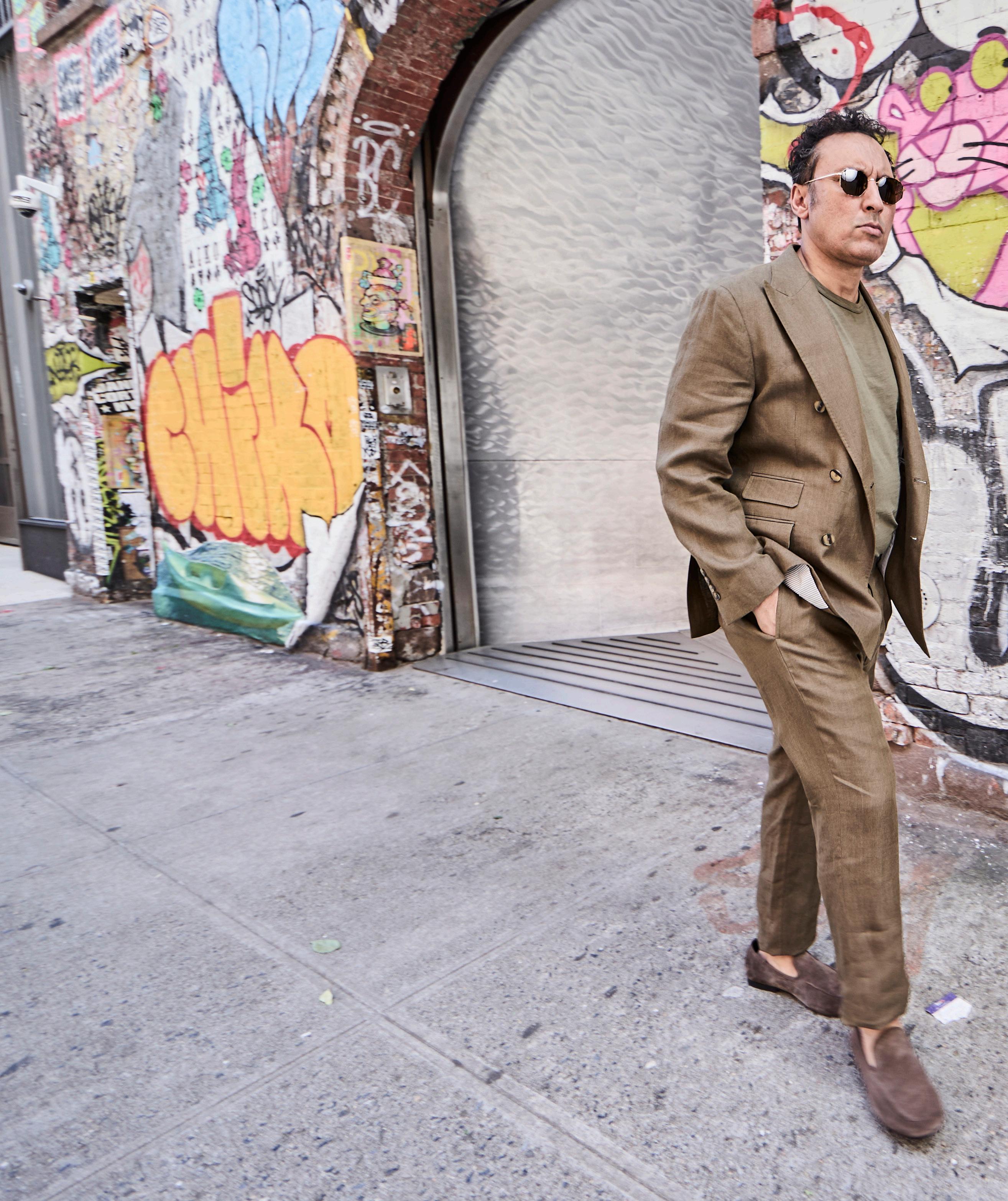
"... There were no brown people on television, or anywhere that I watched outside of Bollywood, and Omar Sharif,... "

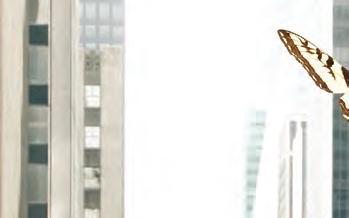
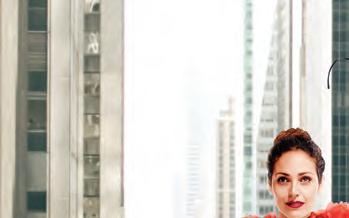
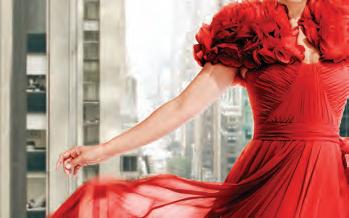
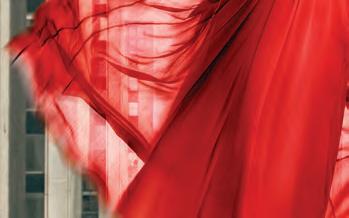


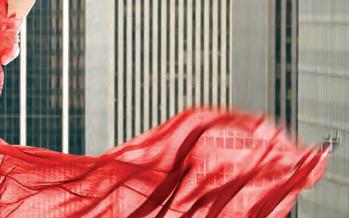










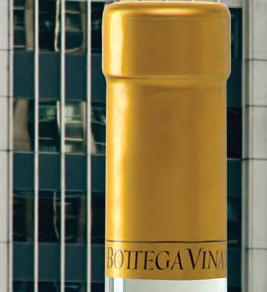










NYC v LA Still No Contest ?
‘Hot Town: Summer In The City’*
Masters and slaves: The human invention?
...not to be taken lightly!